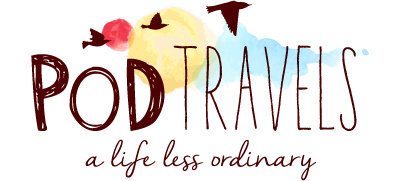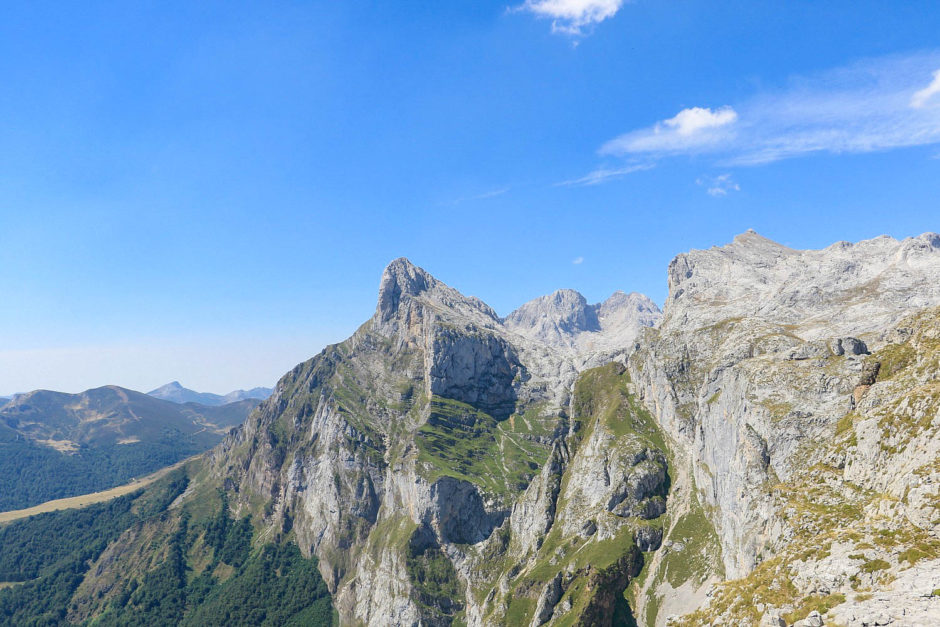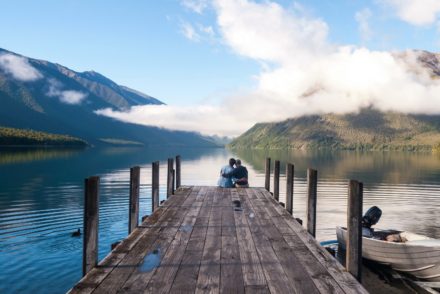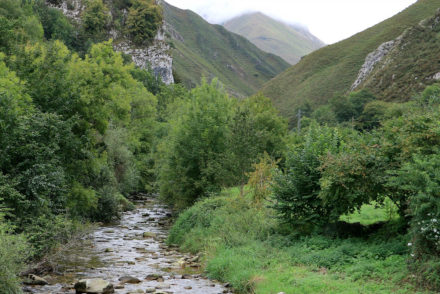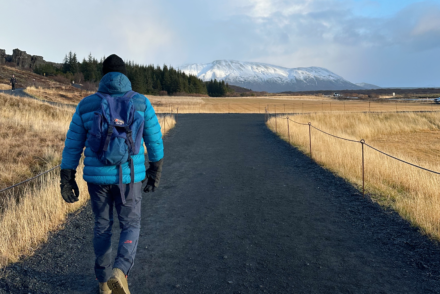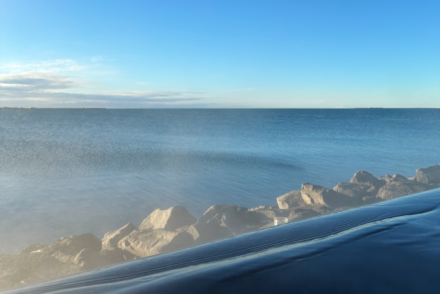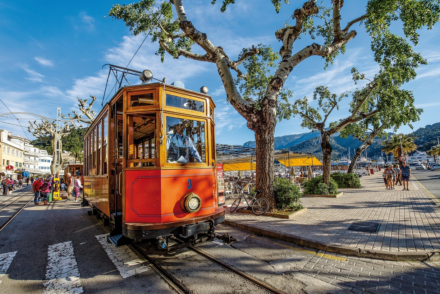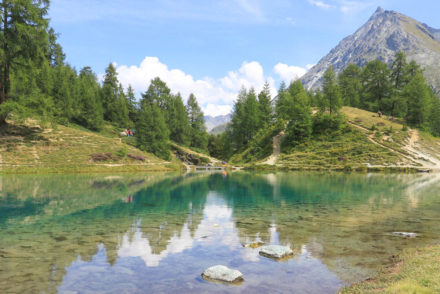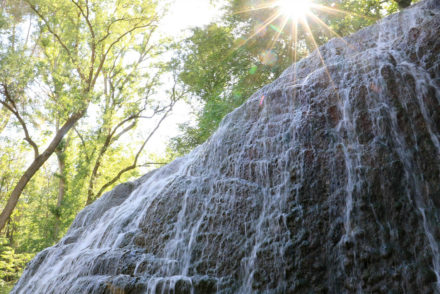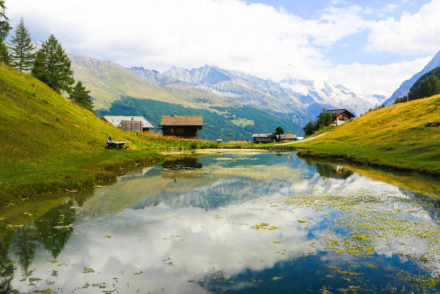If you’re a regular visitor here, you’ll know we’ve spent a fair amount of time in Northern Spain. In fact, over the last couple of years, we’ve taken road trips around Cantabria and Asturias, not to mention exploring the Huesca, Zaragoza and Teruel provinces. In a stark contrast to its southern counterpart, Northern Spain remains largely untouched by tourism. I’m sure I could write a list of many things to do in Northern Spain but for now, let’s stick with seven. If you’ve not been before, here’s just a taste of what you can expect.
Take the Fuente Dé cable car to the Picos
When we were in Cantabria, our base was a beautiful 200-year cottage with views of the Picos. In the mornings we’d watch the mist rise and the evenings were spent listening to the sparrows’ dart across the rooftops. Our accommodation in the Liebana region was two hours from Bilbao and just 30 minutes from Fuente Dé, this being where you can catch a cable car to the Picos de Europa. Located in the Cantabrian mountains, it’s taken 300 million years for the Picos to take on their current form. The park has the highest limestone formation in Atlantic Europe and is shaped by three regions – El Cornión in the West, Los Urrieles in the Central area and Ándara in the East.
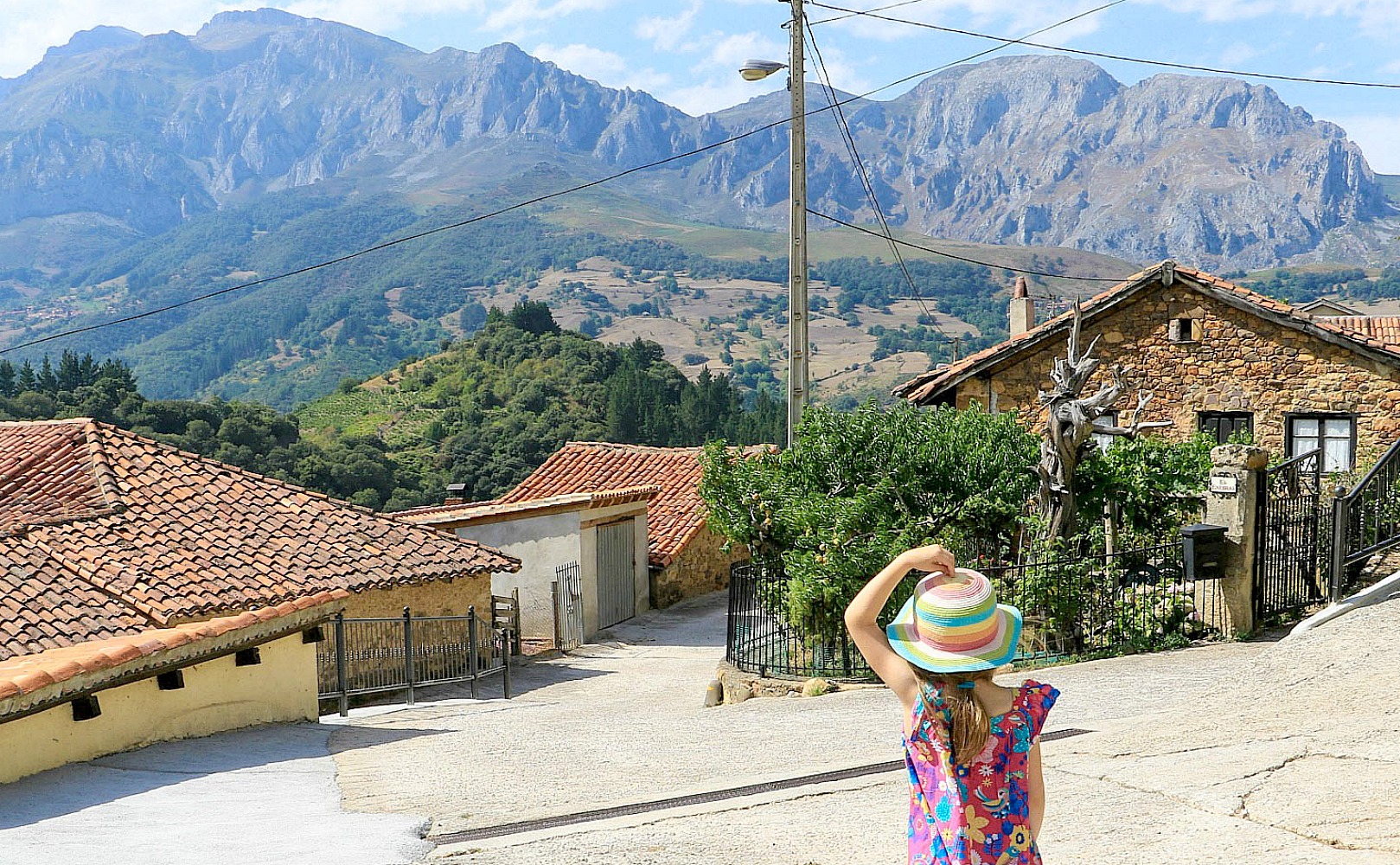
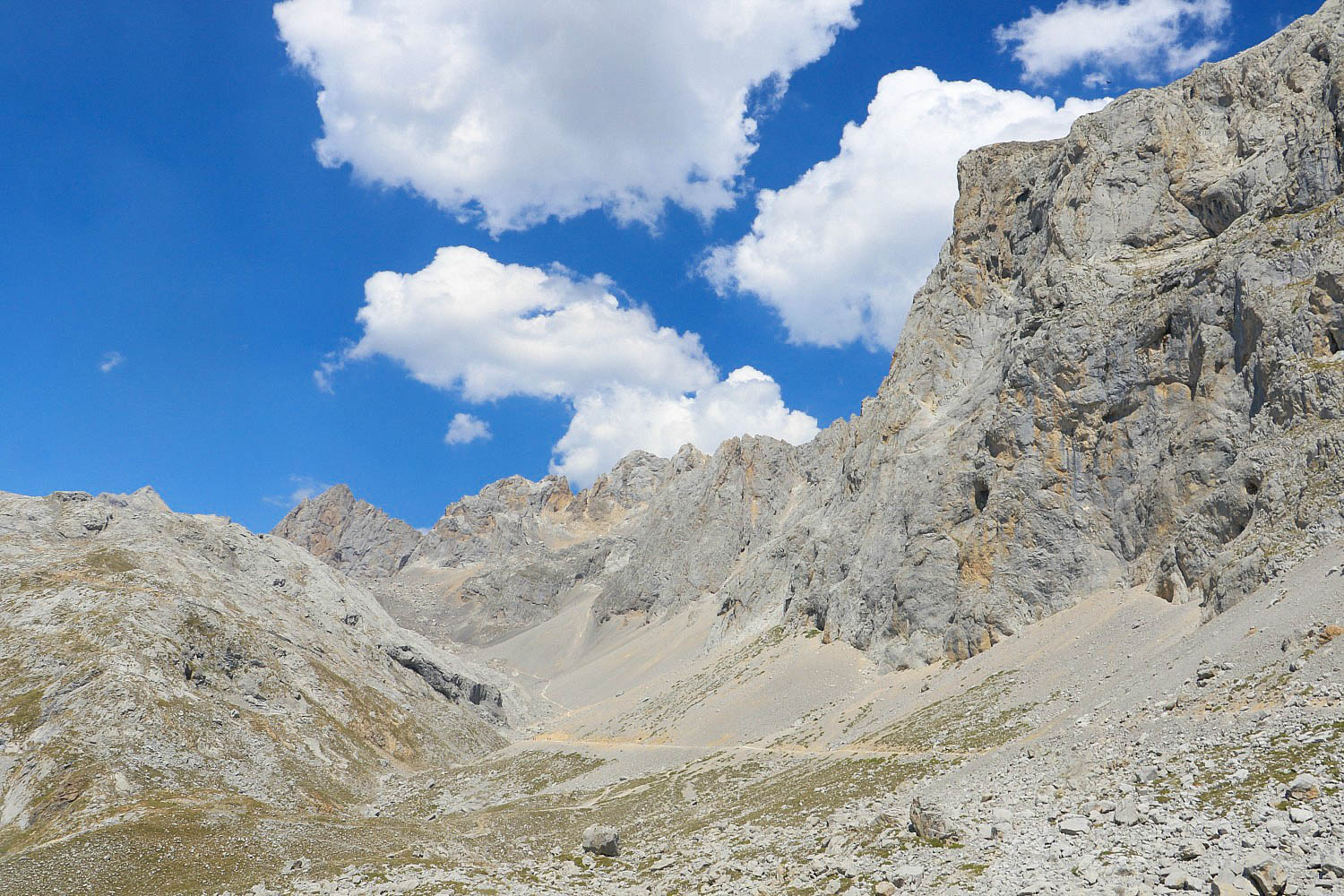
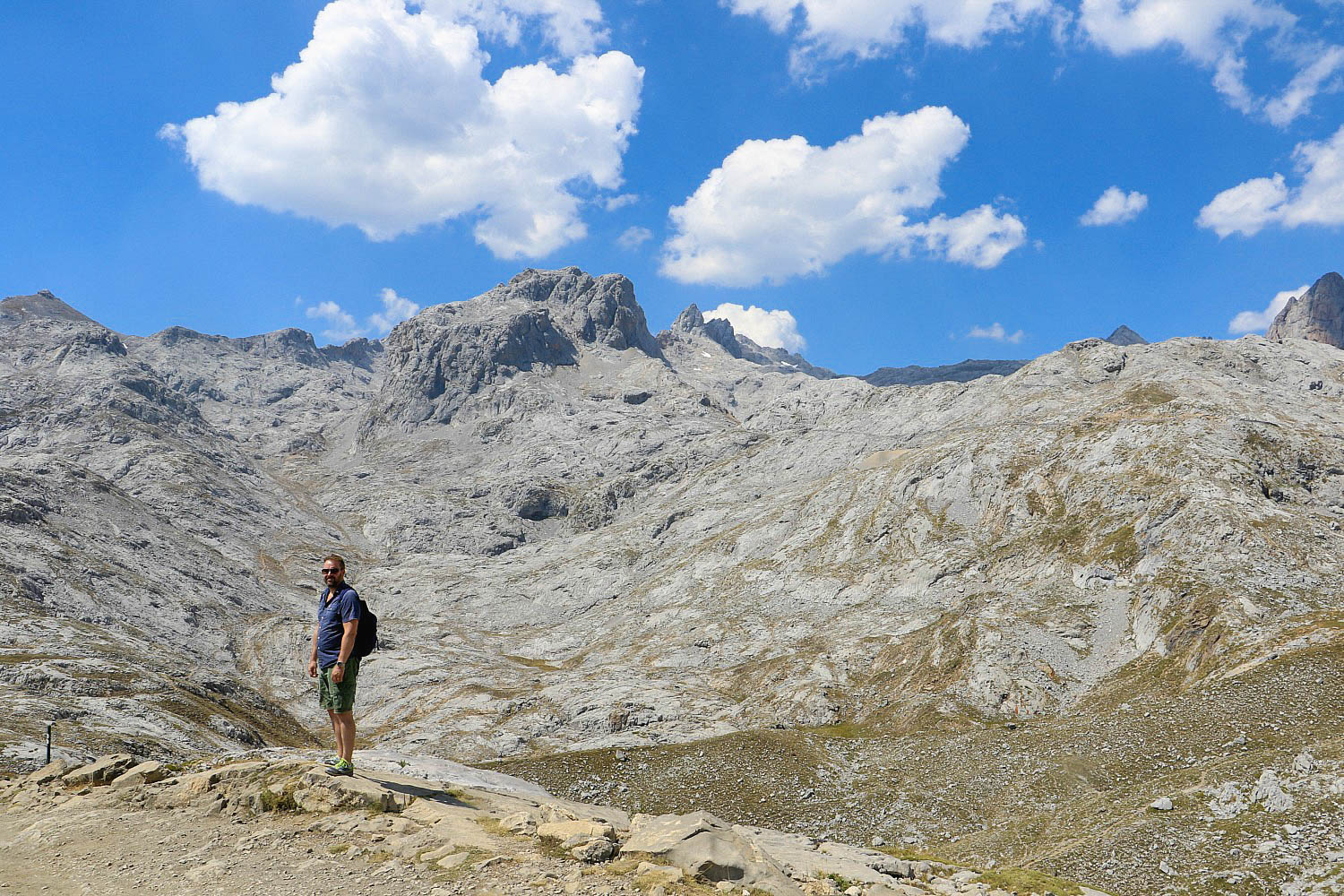
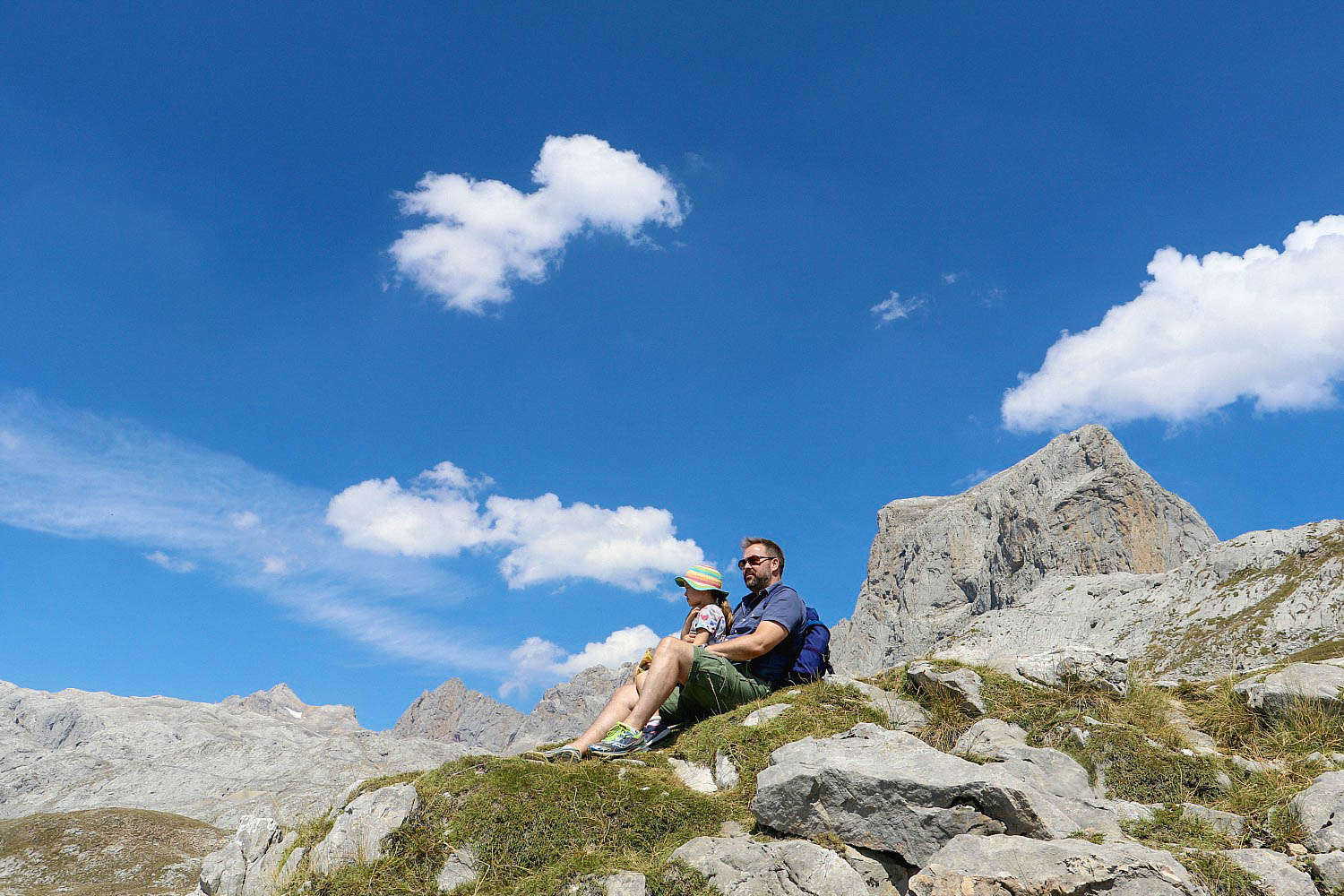
Hike the spectacular Mallos de Riglos
With access from Las Peñas de Riglos, 45 kilometres from Huesca, Los Mallos de Riglos are impressive rock formations which stand 300 metres high. Unique in their appearance, these terracotta rocks have flat sides so they’re ideal for climbers, many of whom are known internationally. There are easier routes available for families with children too, like the one we too which was fairly flat. Access to Los Mallos de Riglos is just a few minutes walk from the Las Peñas de Riglos car park. Also close by is the Centro de Interpretacion ARCAZ which is a great place to watch the vulture colonies that live on Los Mallos de Riglos in real time.
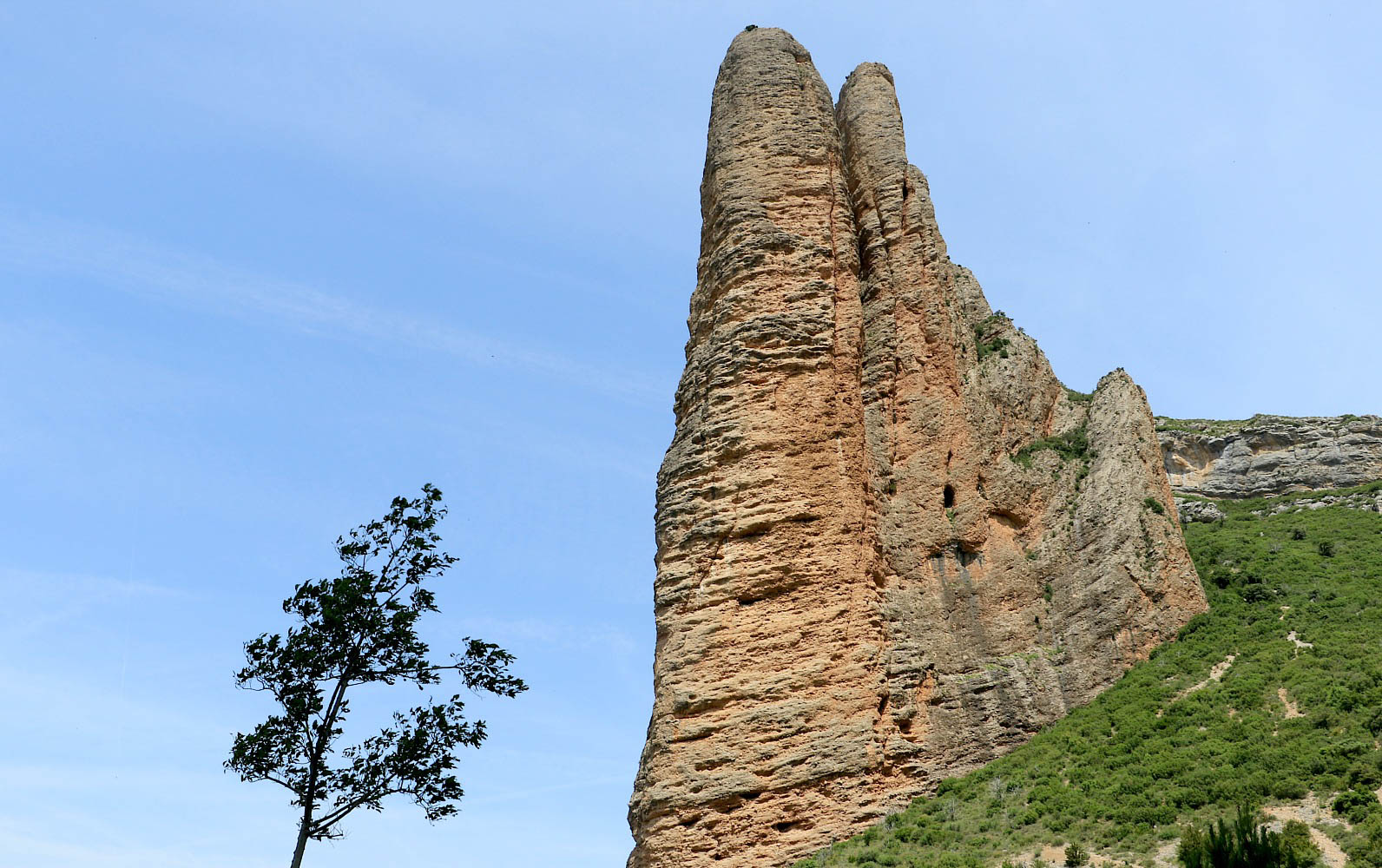
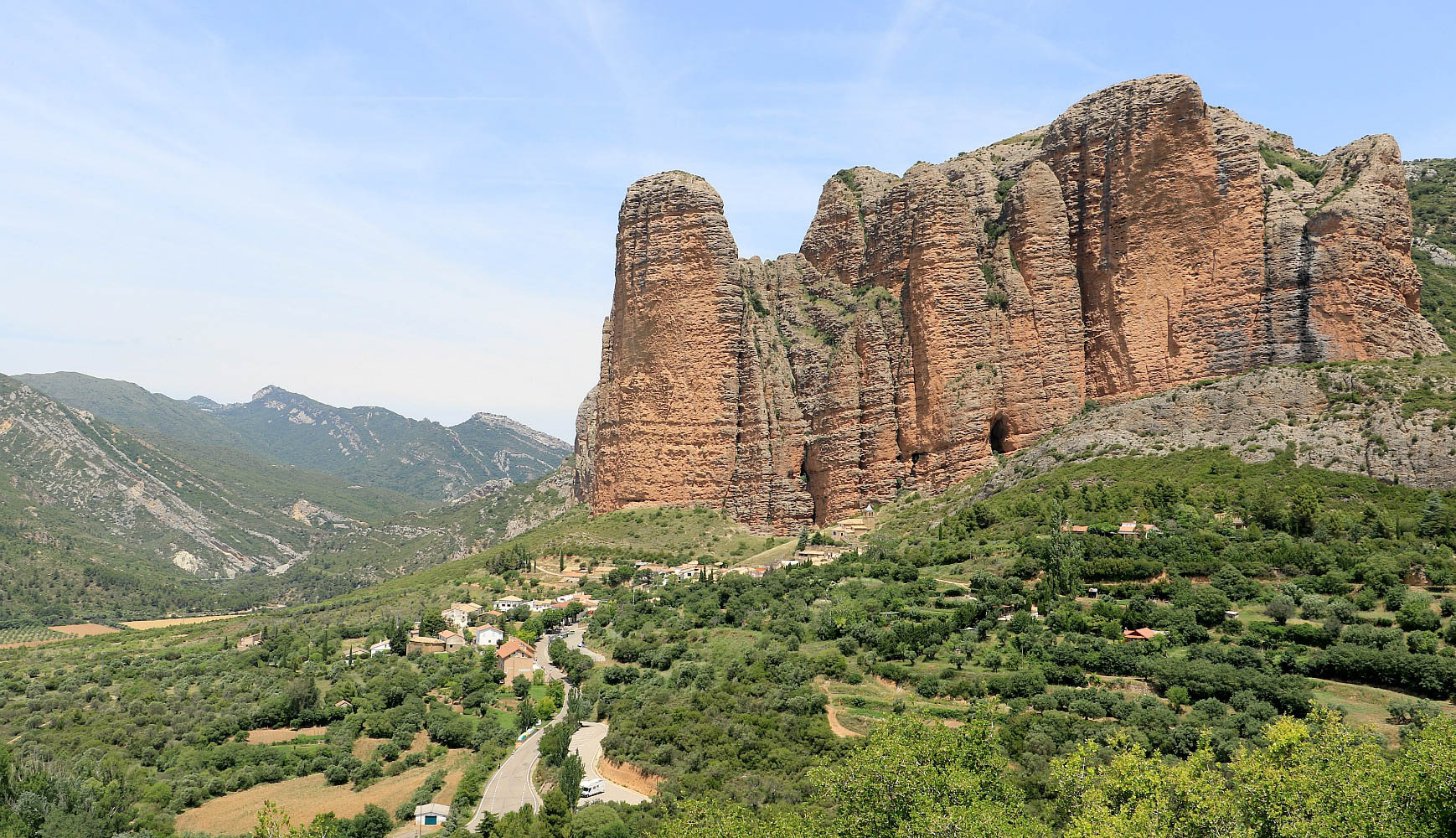
Find a river to swim in with the locals
Children make friends in the most unlikely of places. Little did we know when we were in Cantabria that we’d enjoy the medieval town of Potes so much. It became somewhere we’d pop into after a day out exploring so POD (then five) could swim in the river with the locals. She didn’t speak Spanish and they didn’t speak English but they all got by through expressions, hand signals and laughter. If you ask her what she loved most about that holiday, it was the wild swimming. And the ice-cream that followed. In Asturias, the picturesque town of Cangas de Onis became the new Potes – initially in pants as we’d left all her swimmers in the cottage we were staying in.
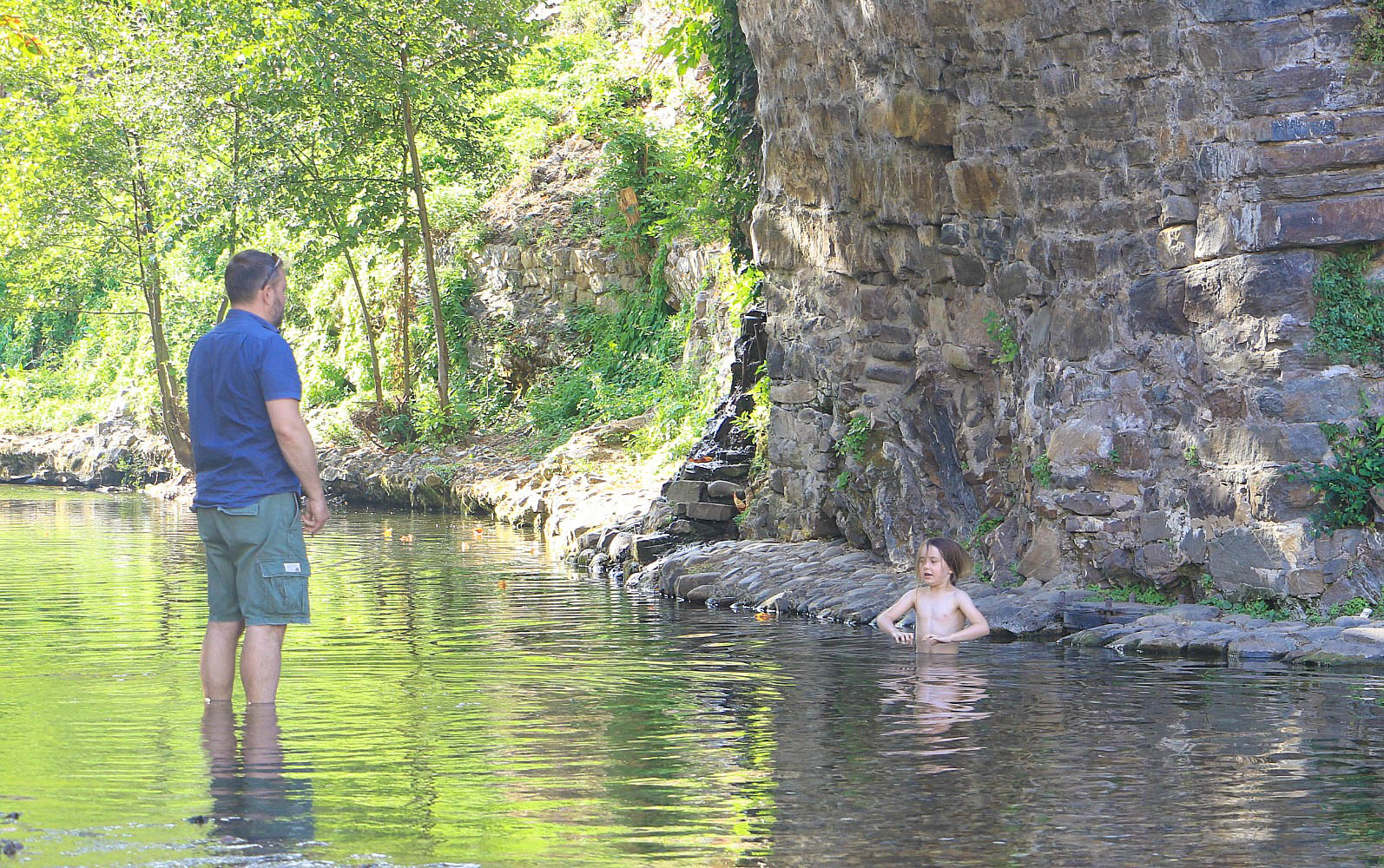
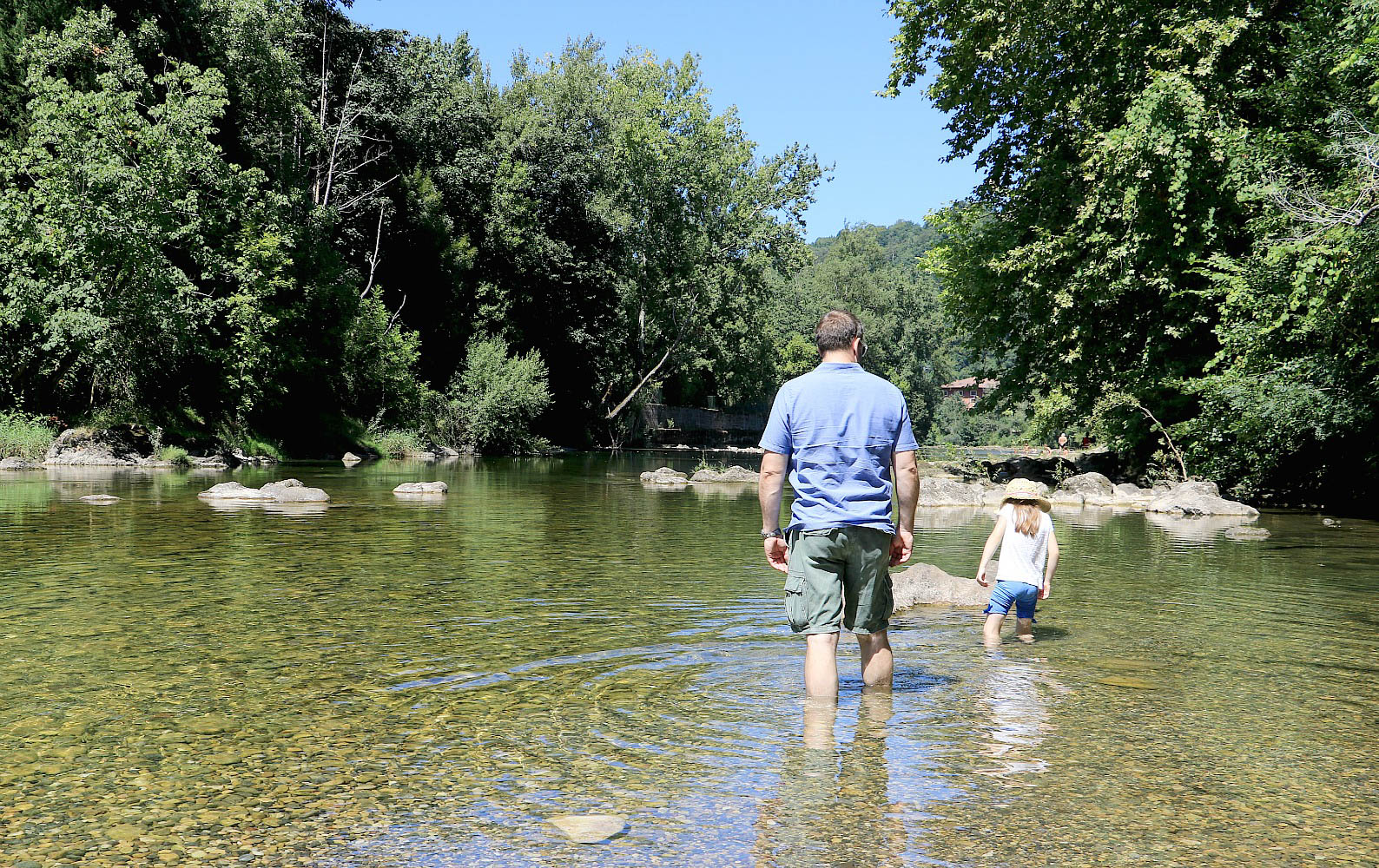
Get lost somewhere beautiful
There’s a thin line between being adventurous and getting lost isn’t there? When we took POD on her first mountain climb from Dobarganes to Pico Jano, we somehow managed to lose our way en route back to the car. Luckily our logical minds kicked in and we figured if we headed downward, we’d reach the road. As it happened, our route led us through the woods and across some farmland, with POD intermittently shouting “we are all going to die”, straight back to the car! It was almost like we knew where we were going (we didn’t!). In Asturias, we followed a sign in the Ponga Mountains which looked like it might lead us to a restaurant off the beaten track. We ended up on a dirt track at the top of a mountain range surrounded by nothing except wild ponies, cows and the most spectacular views. That said, it had been a steep drive up with no passing points (and no restaurant) so we made our way down before we got ourselves really lost!
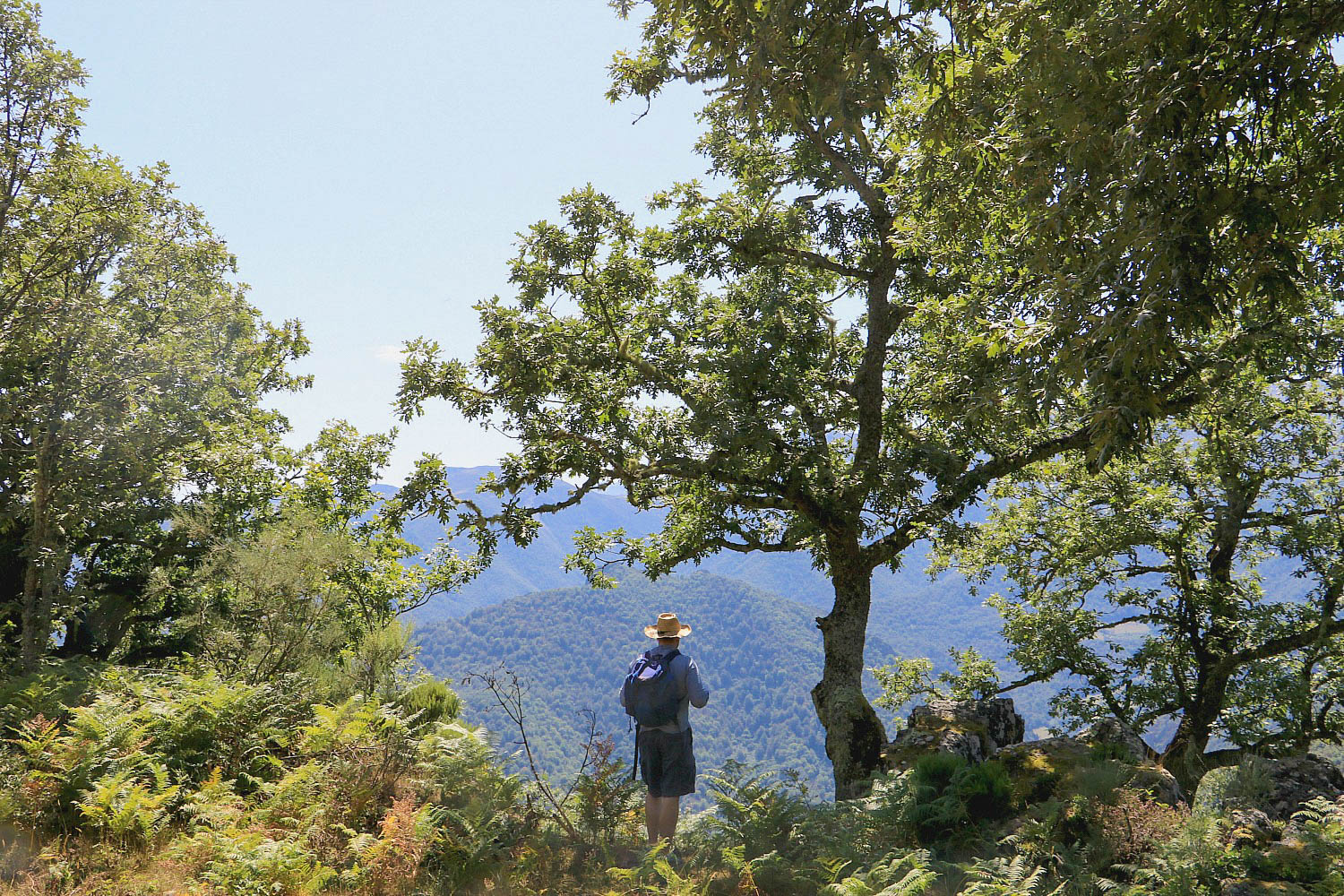
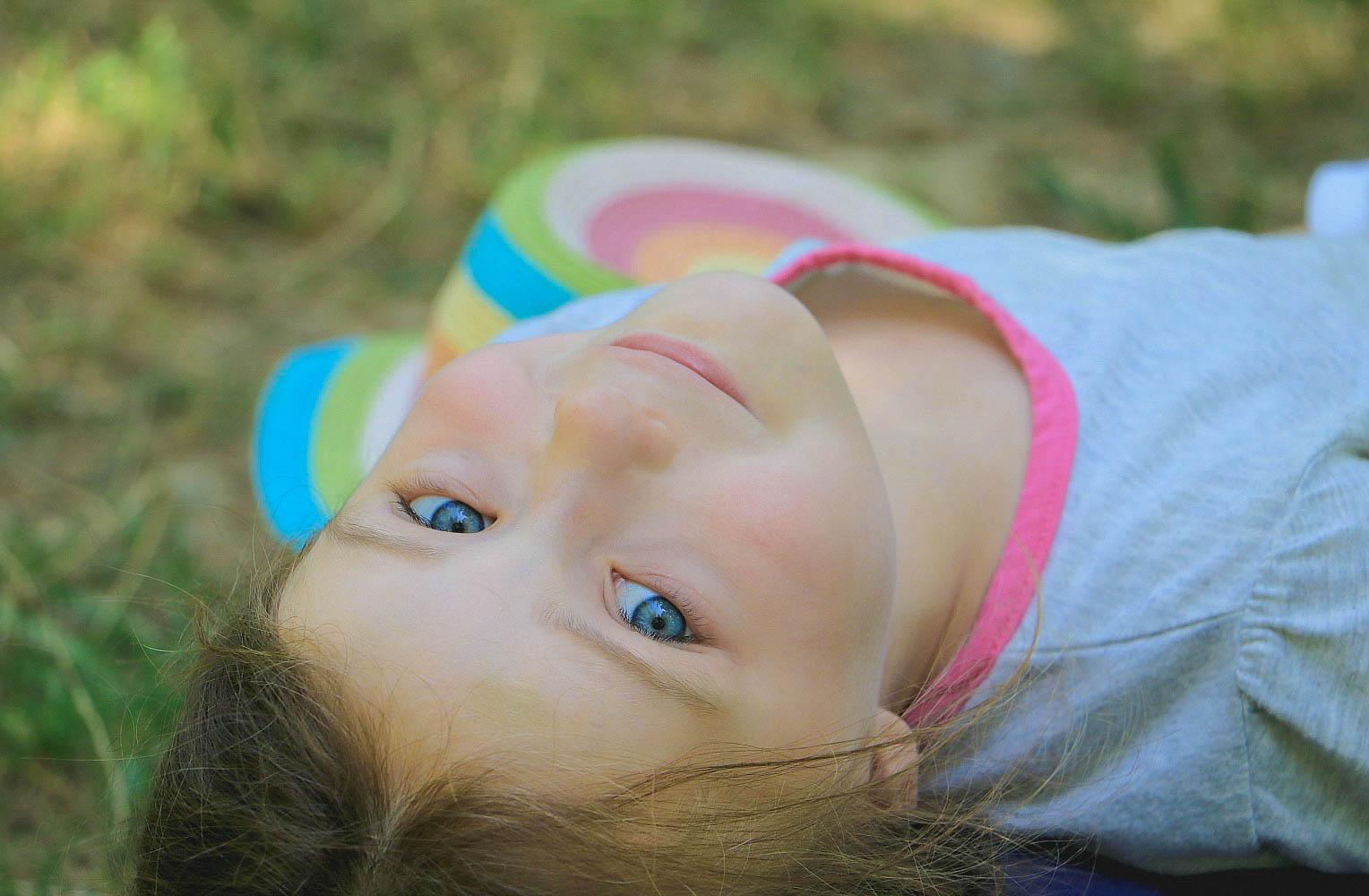
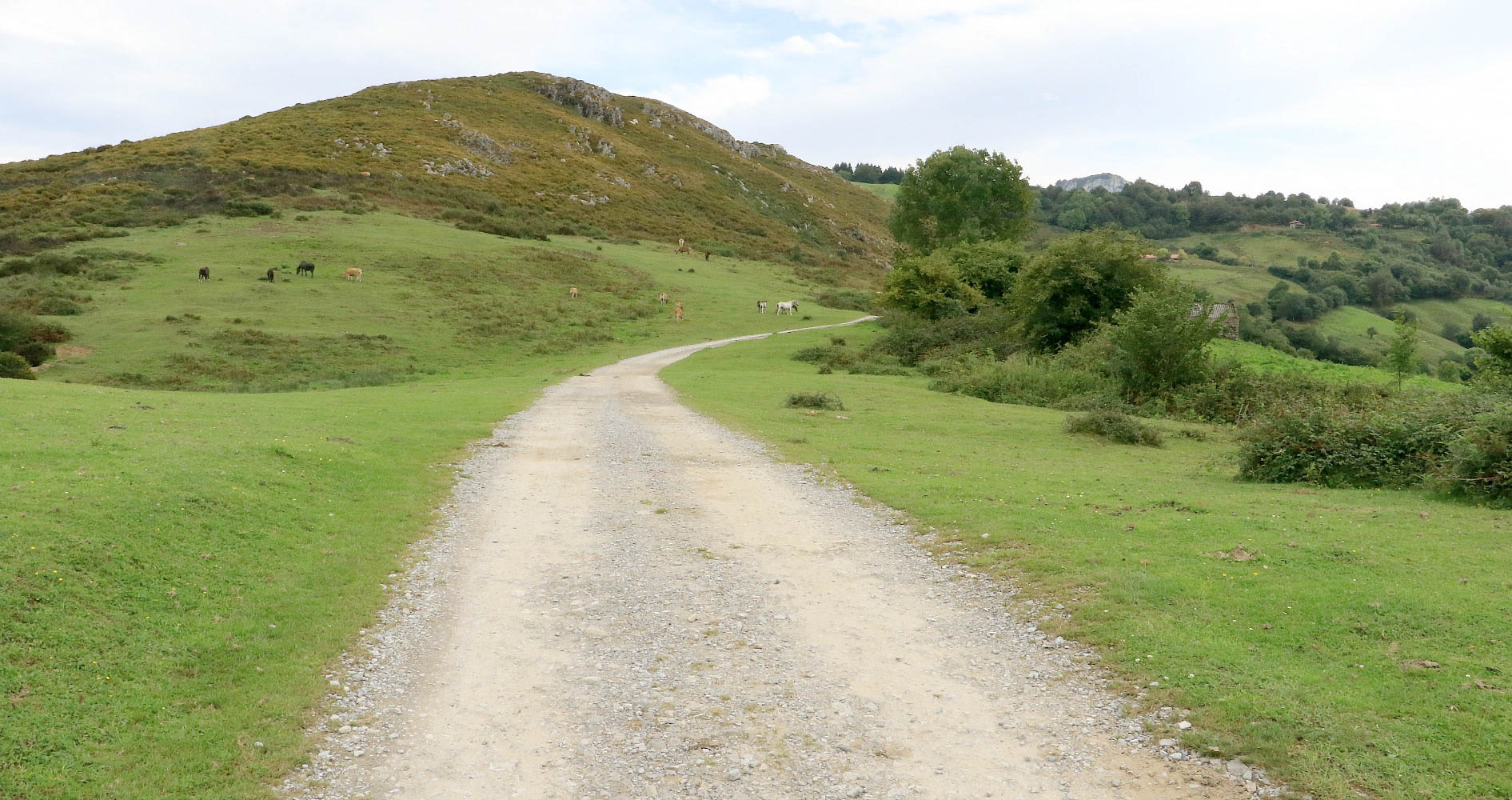
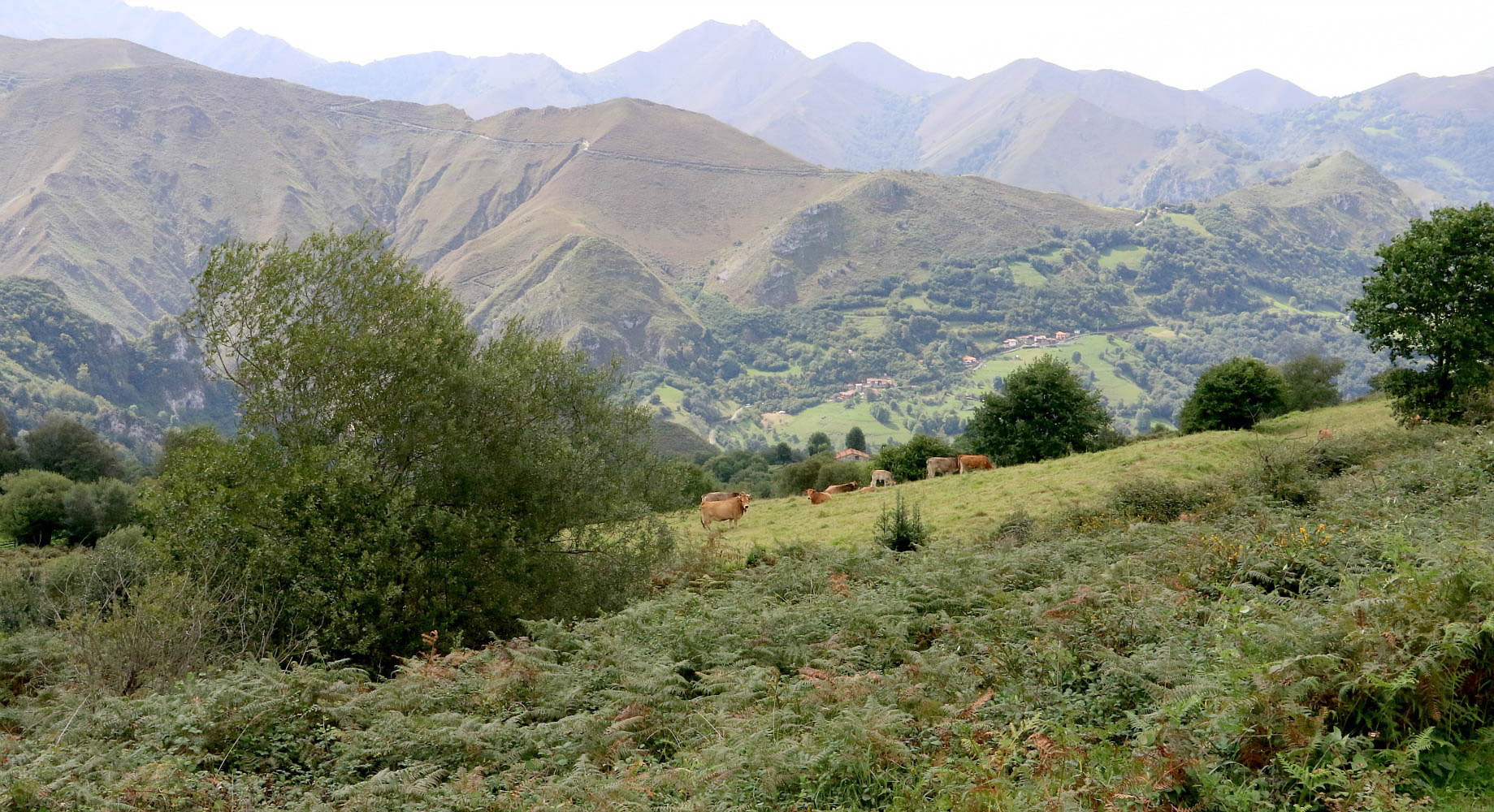
Visit a magnificent castle
Situated just half an hour from Huesca in the Aragon region is the magnificent Loarre Castle. One of the most well preserved in Europe, its elevated position has provided the backdrop to films like Ridley Scott’s Kingdom of Heaven. Loarre Castle was built in the 11th century on Roman walls with its enclosure and towers built in the 13th century. As such there are corridors, tunnels, dungeons and chapels to discover with panoramic views stretching across the Huesca valley.
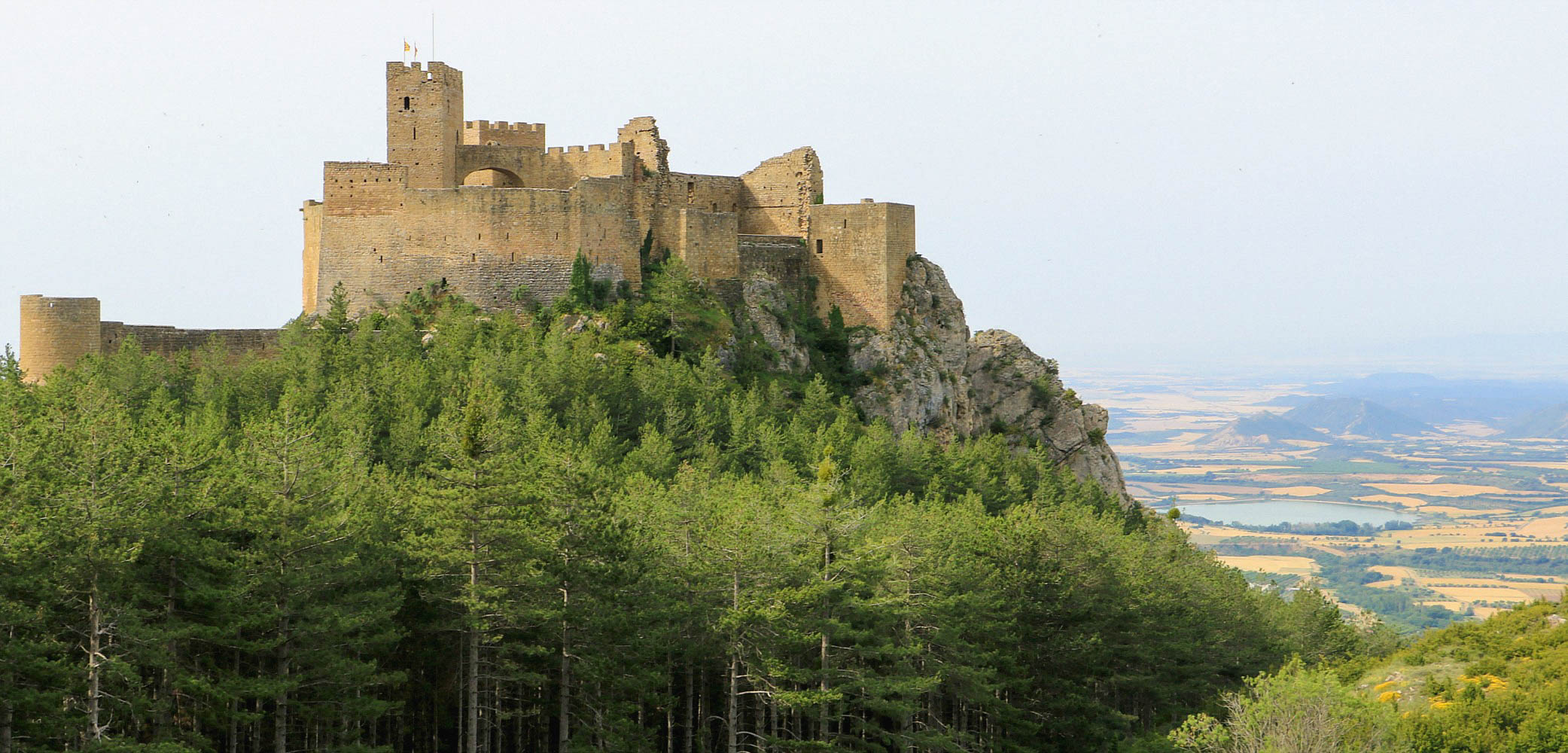
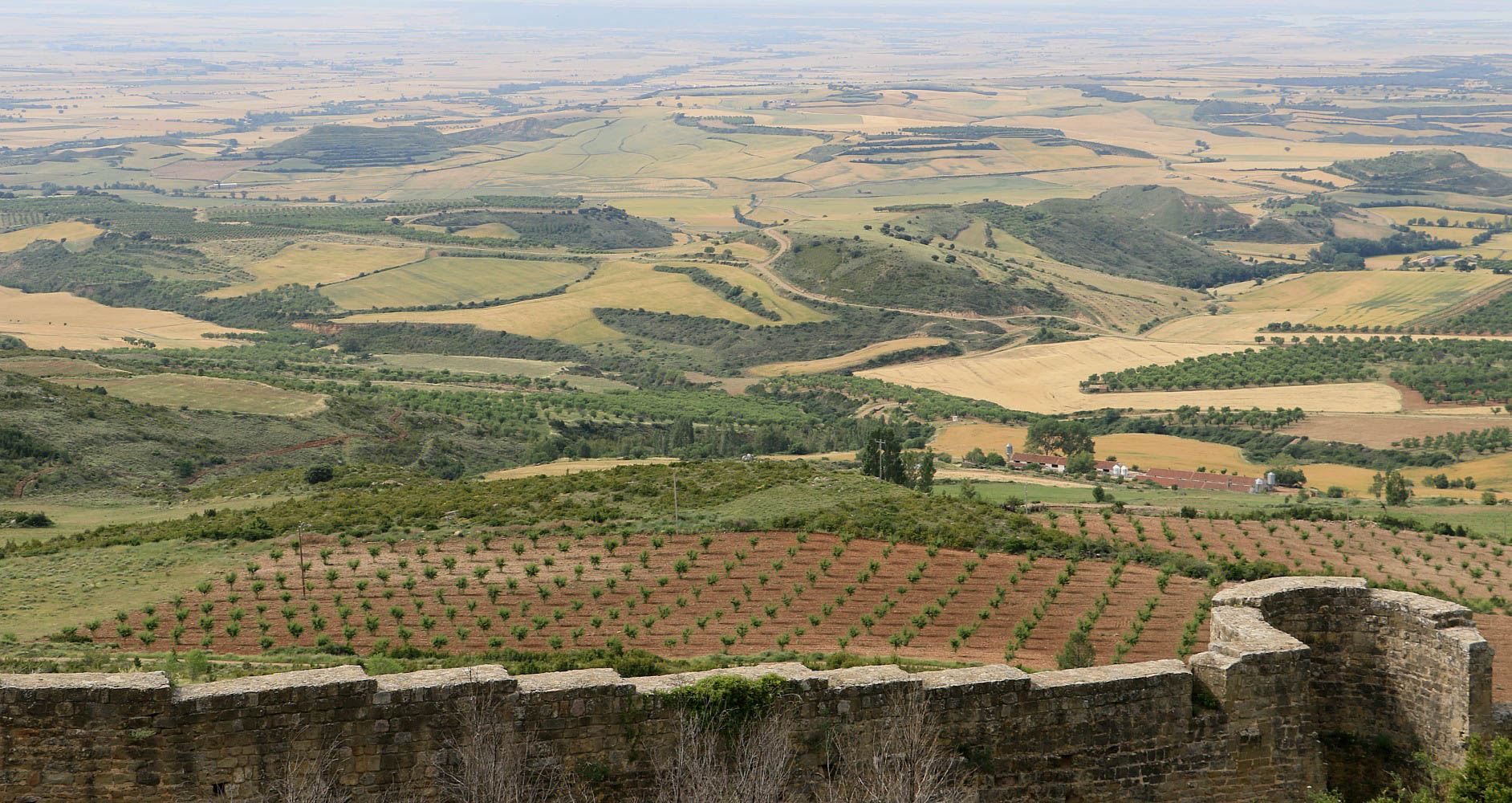
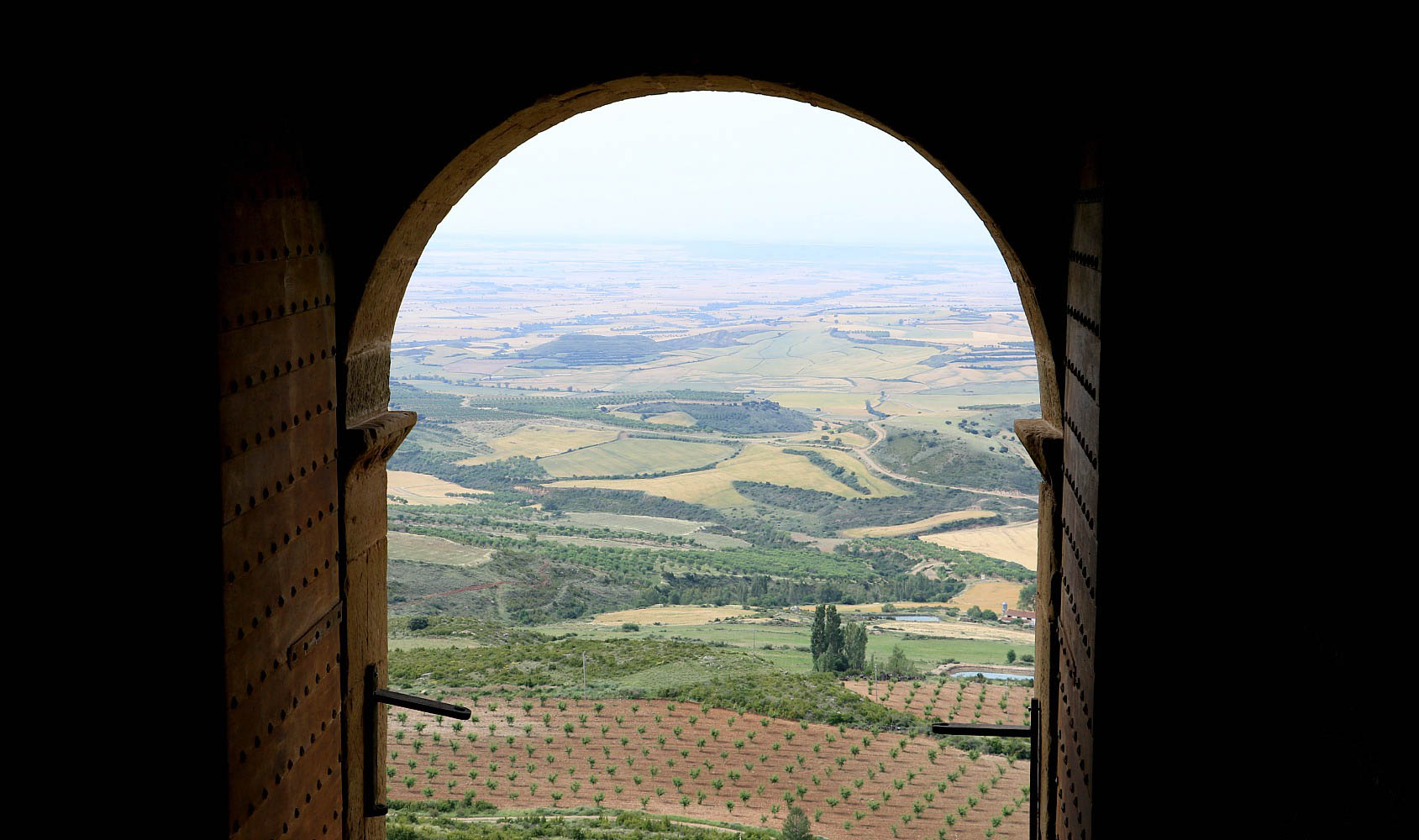
Stay somewhere unusual
Monasterio de Piedra was a fort until it was conquered and given to the Cistercian monks who lived there for 800 years. While much of the monastery was rebuilt in the 19th century, some of the old buildings remain. With the high ceilings, long corridors and sweeping staircases, it’s not hard to imagine what life must have been like all those centuries ago. Although staying in a monastery is exciting in itself, the gardens that surround it are quite remarkable. There are woodland paths, bridges, tunnels, caves, waterfalls and lagoons with surprises around every corner. The largest waterfall has a drop of 50 metres and beneath it, there’s a cave. It’s a truly remarkable landscape and an absolute must if you’re in the Zaragoza province.
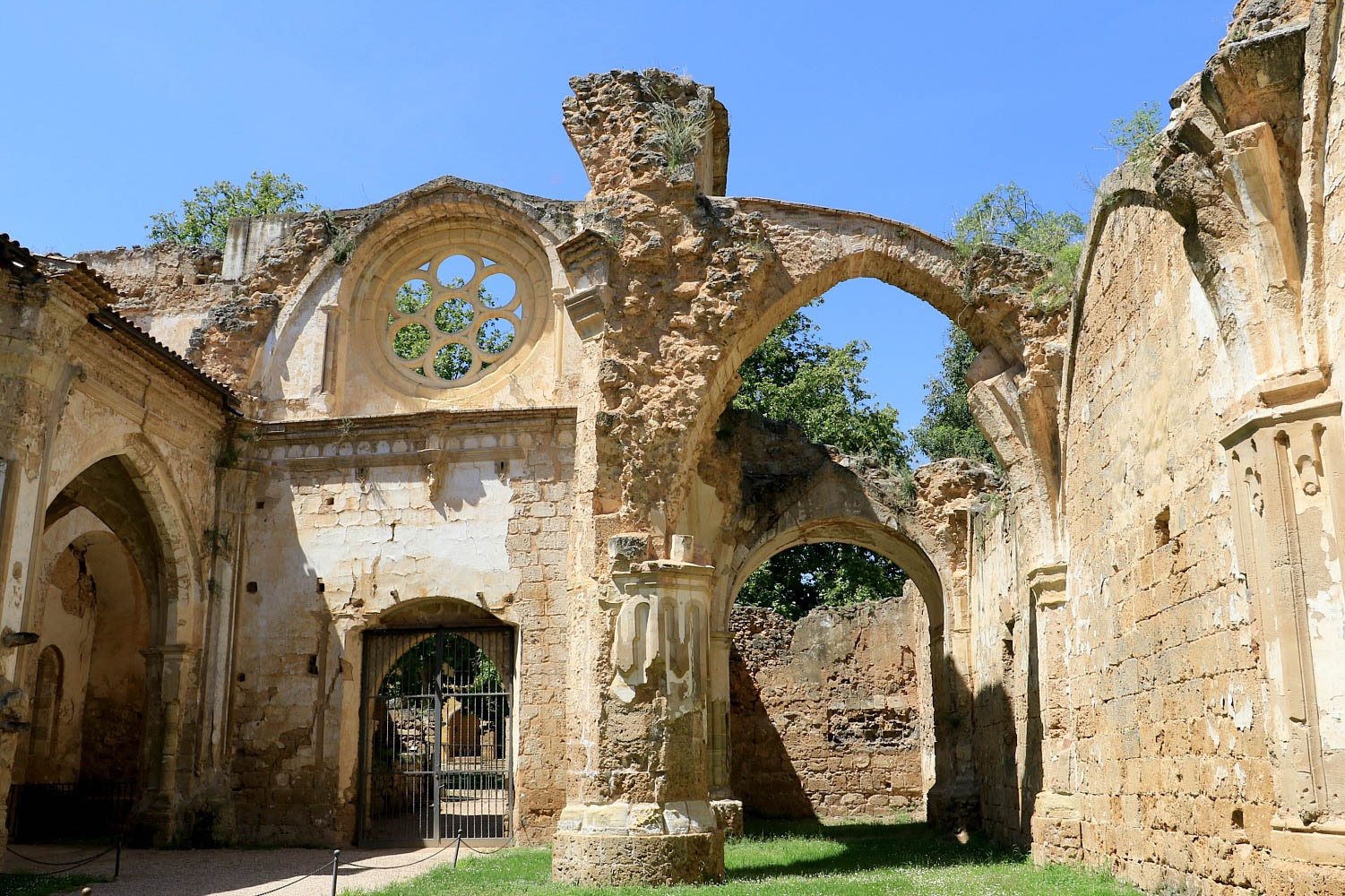
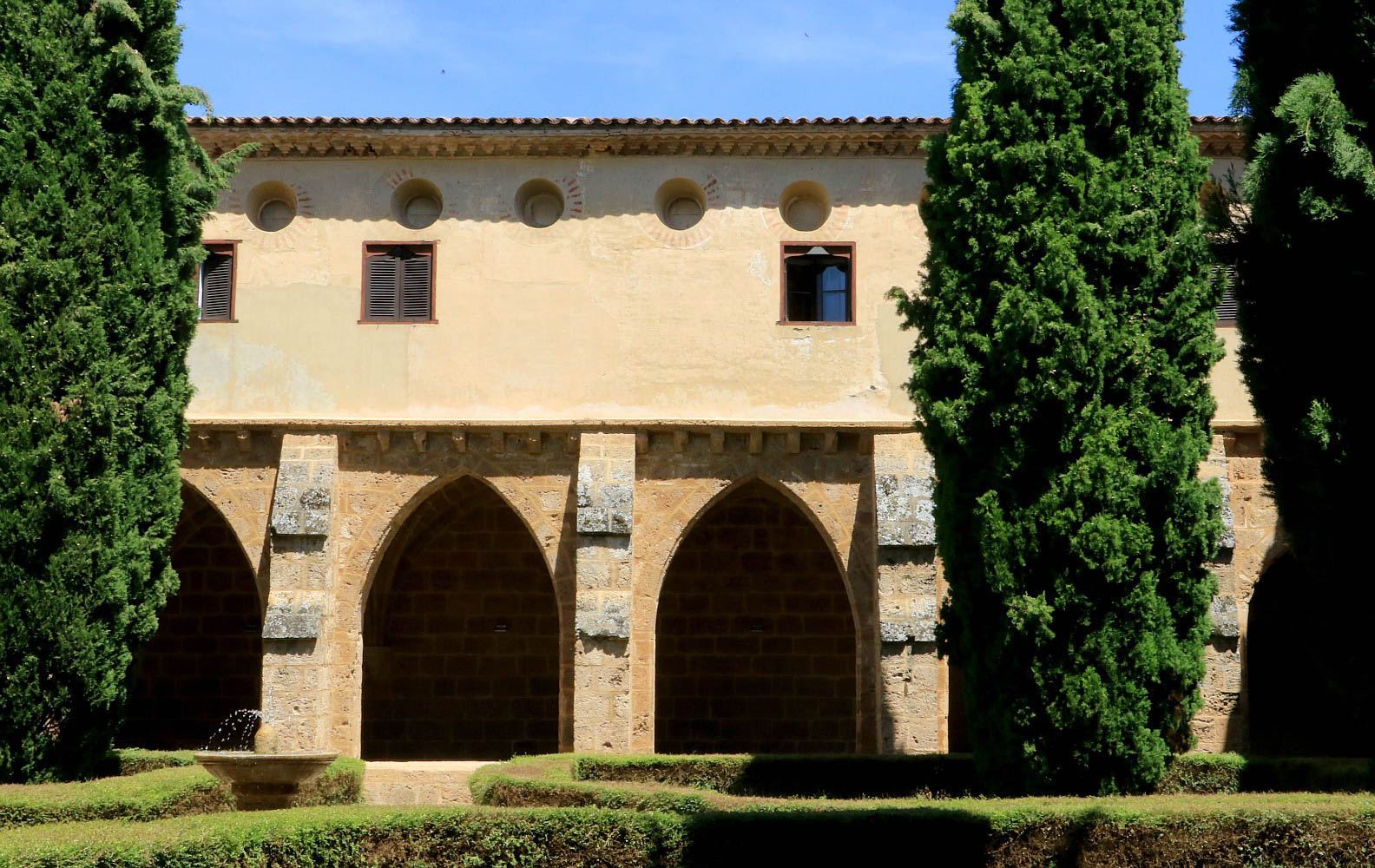
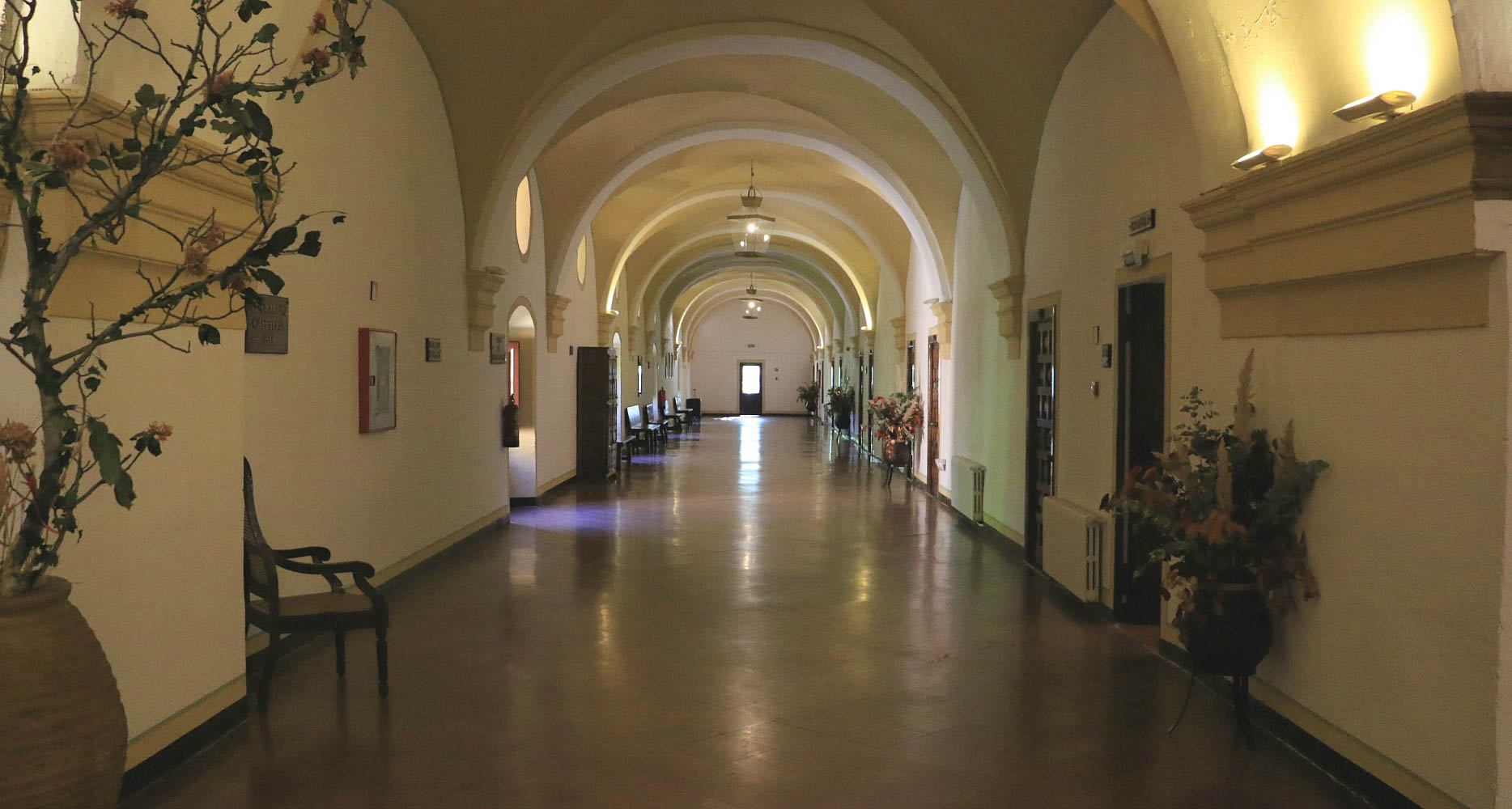
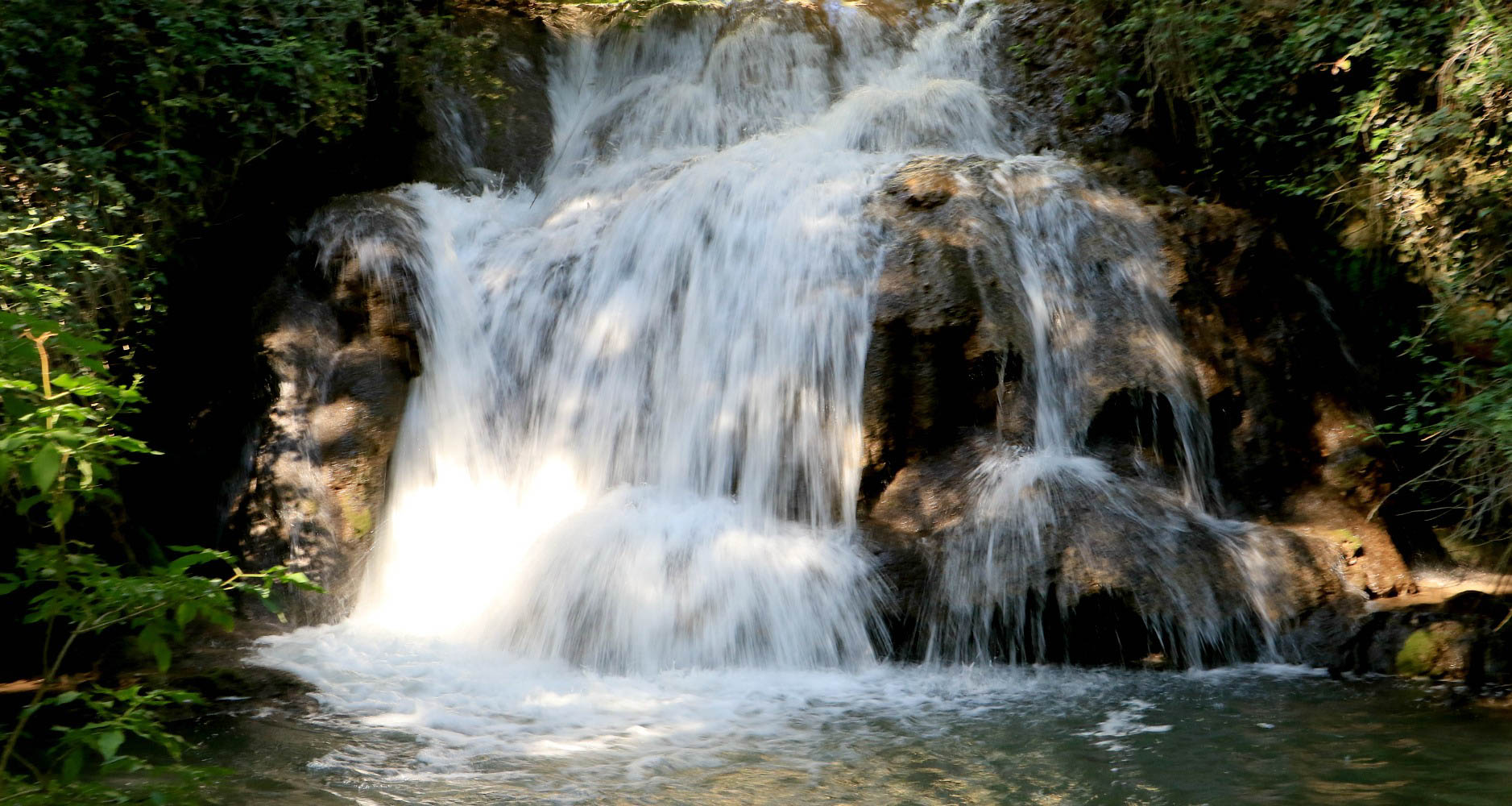
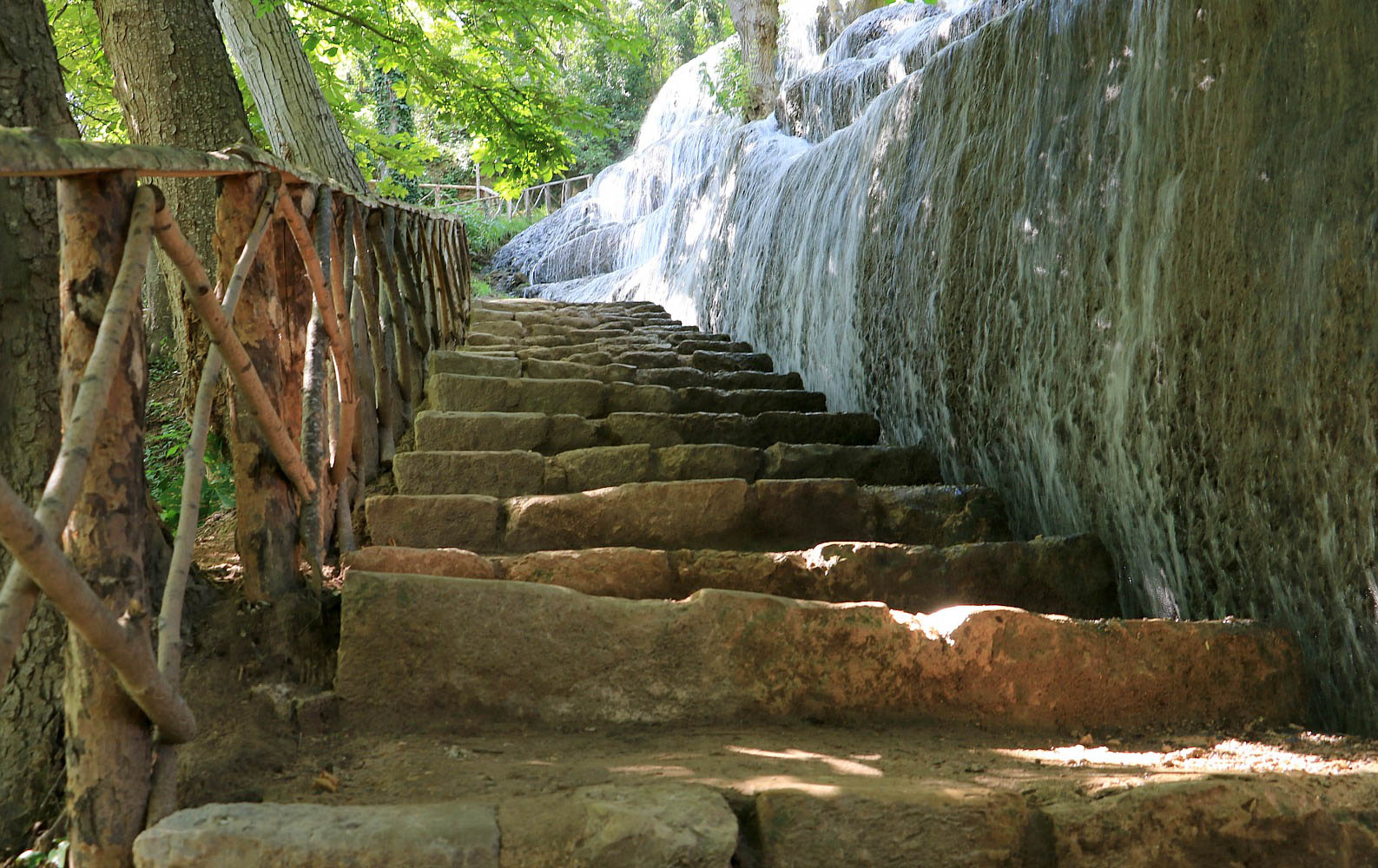
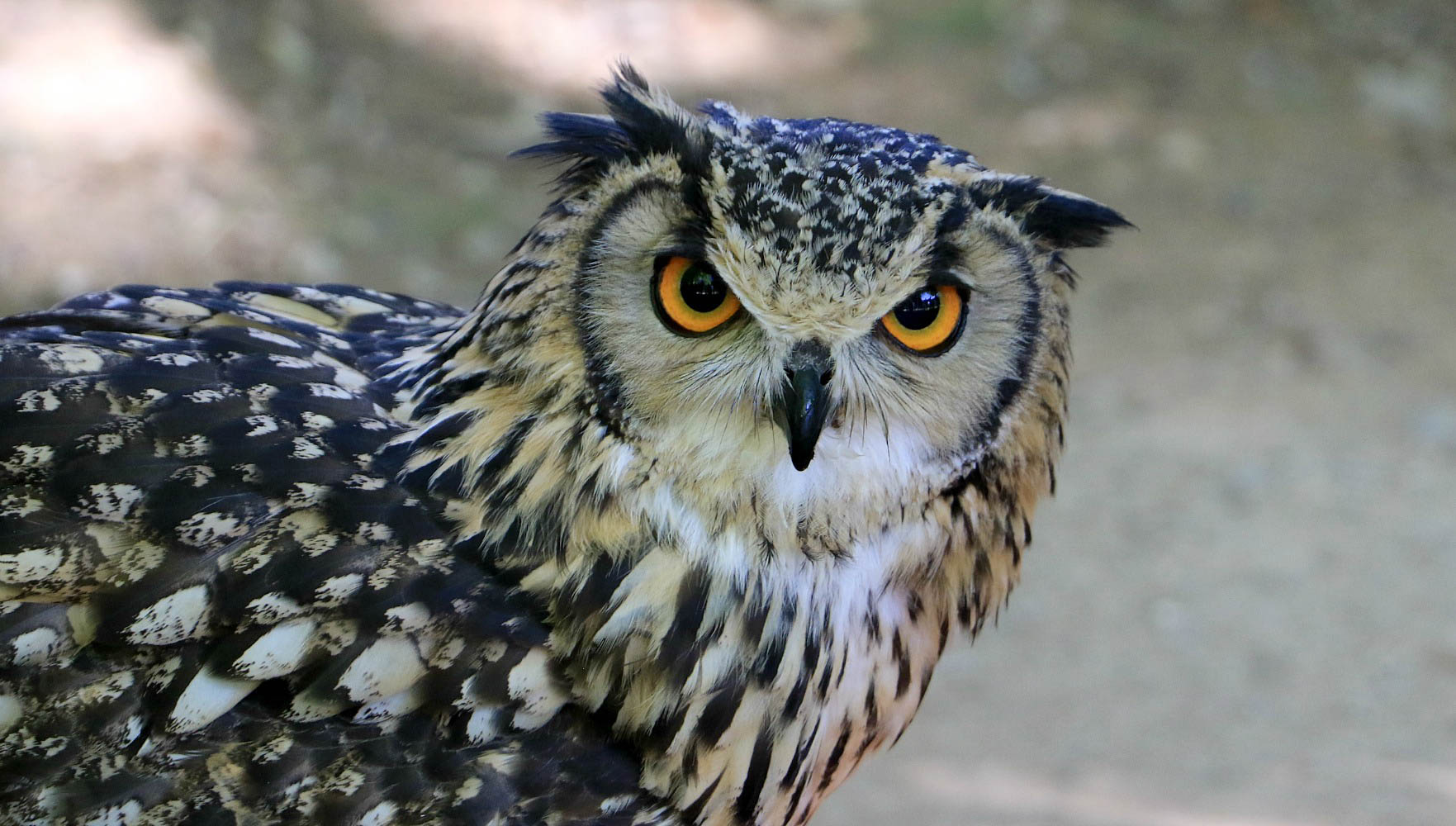
Discover unknown villages
One of the joys of having a car in Northern Spain is that you can explore to your heart’s content. In Cantabria, we discovered a number of villages – none of which you’d ever find in a guidebook. From an isolated village set in the hillside to a picnic area, complete with football posts at the top of a mountain, to a sign in the middle of nowhere which read “bar 300 metres”. In actual fact, like homing pigeons, we’d already found the bar having had a snack at a nearby picnic table. We’d been joined by two dogs and some chickens – one half plucked! The owners of our cottage mentioned a Heidi trilogy was being filmed in Cantabria so we visited Mogrovejo which is said to represent the Dorfli scenes in the movie. We also found the grandfather house set high in the hills. The film was due for release last year but is yet to materialise.
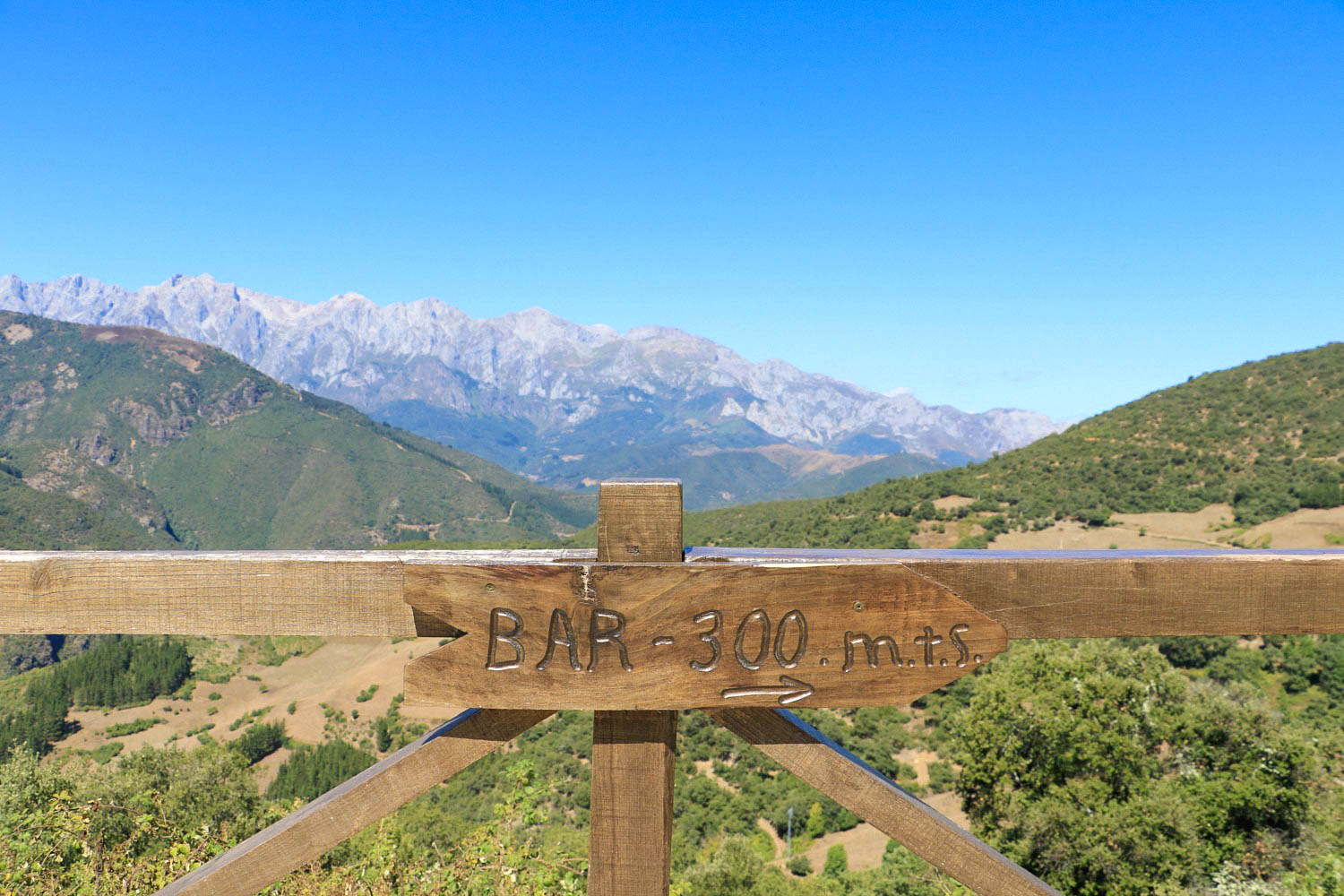
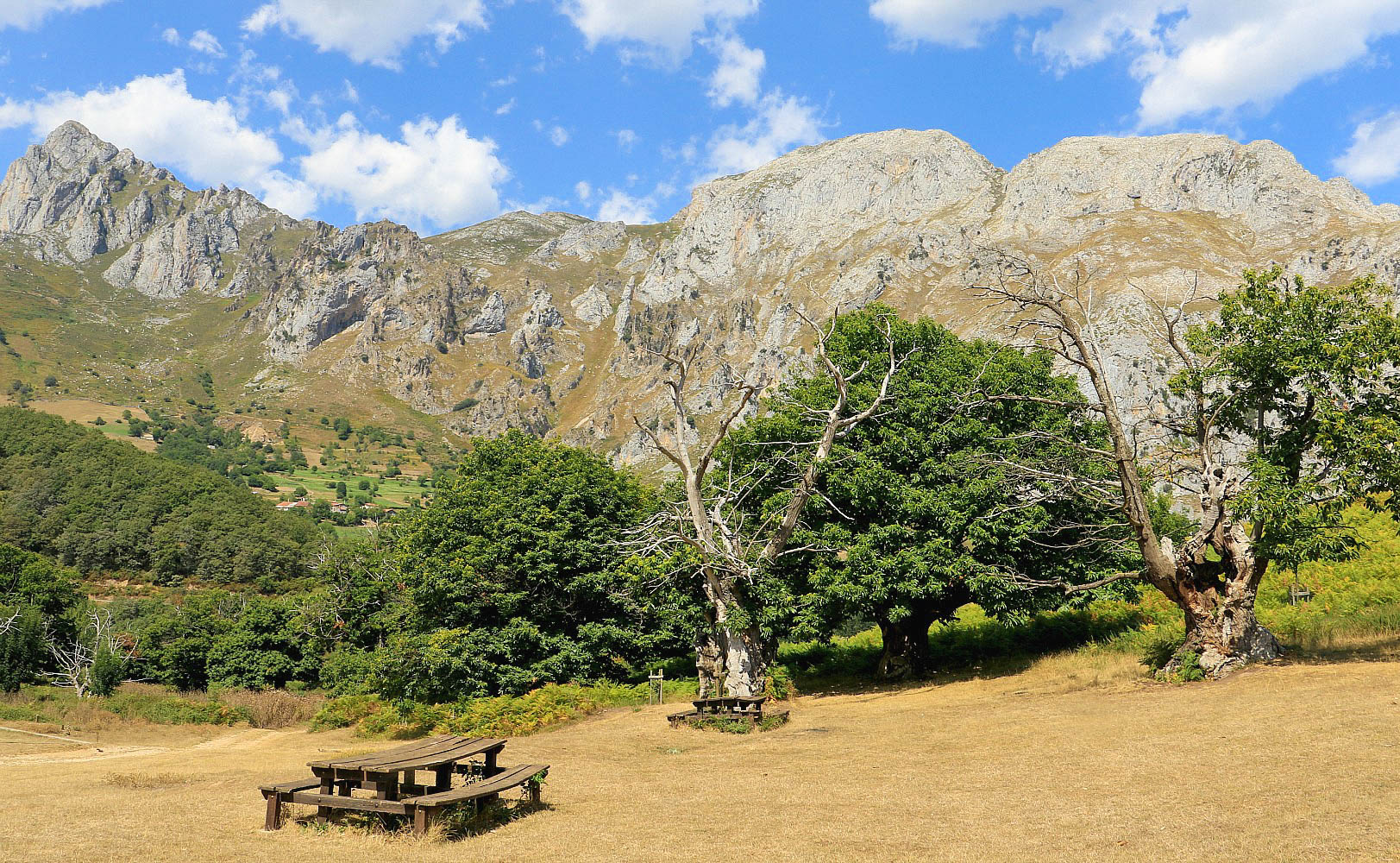
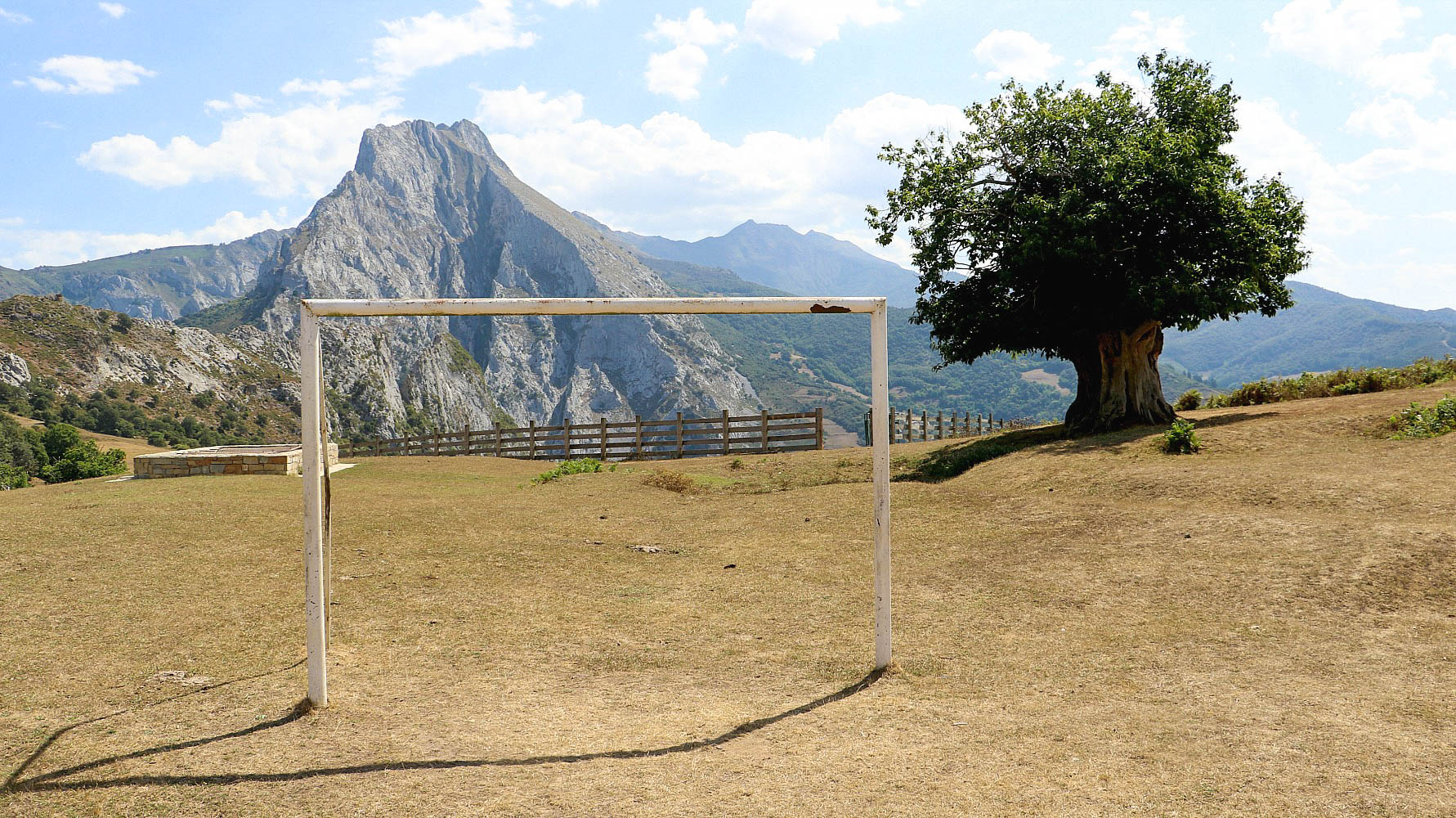
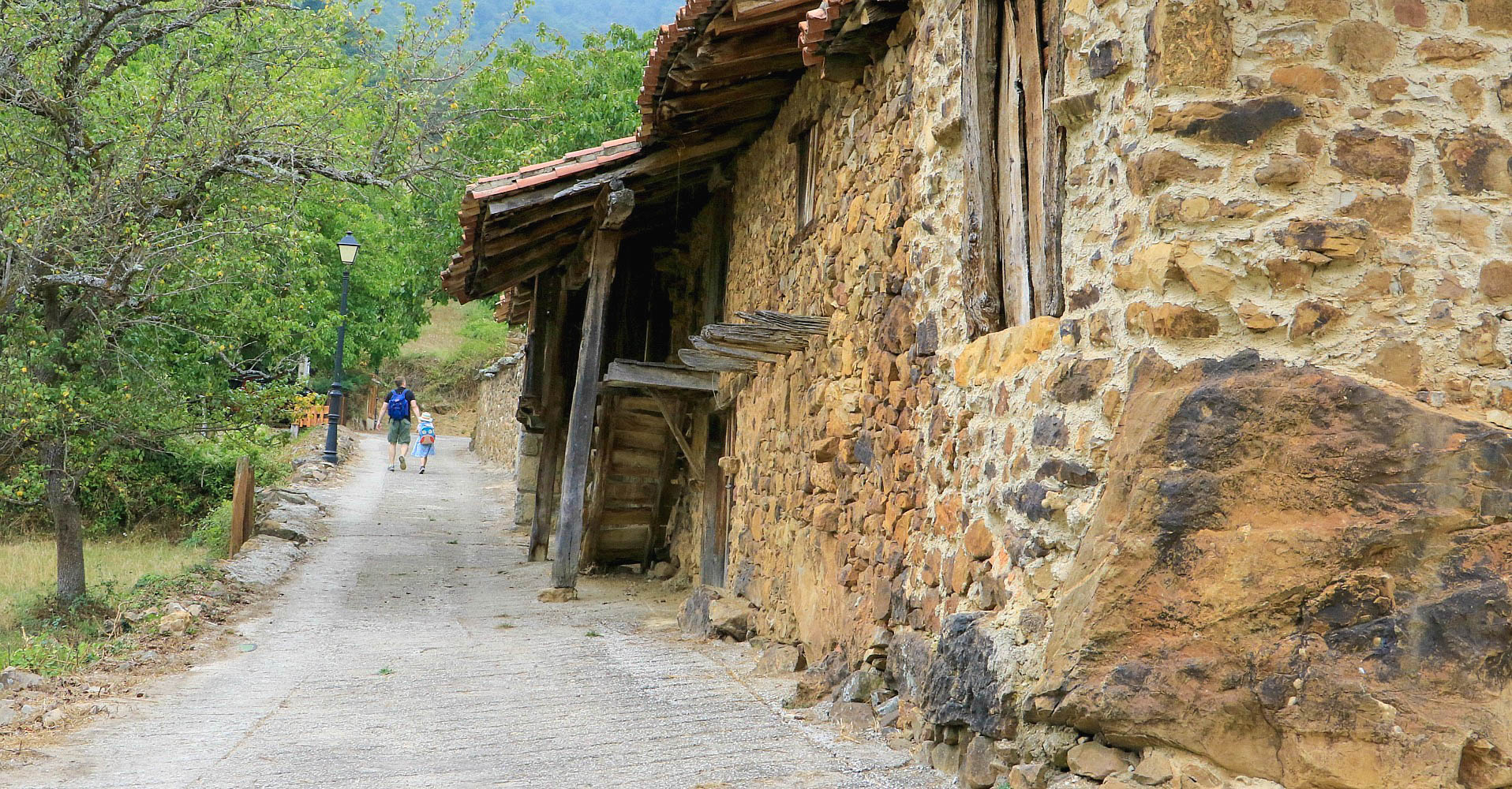
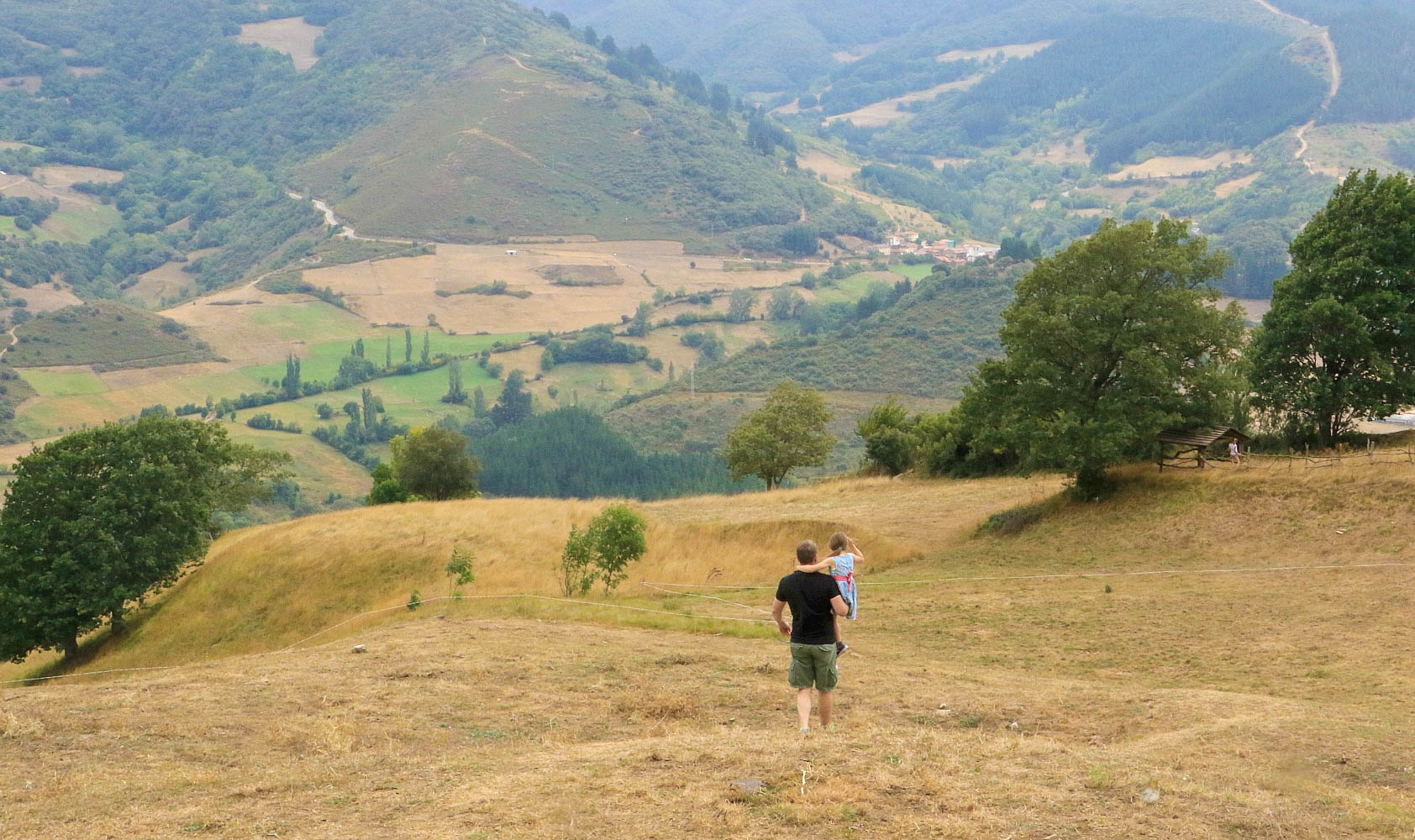
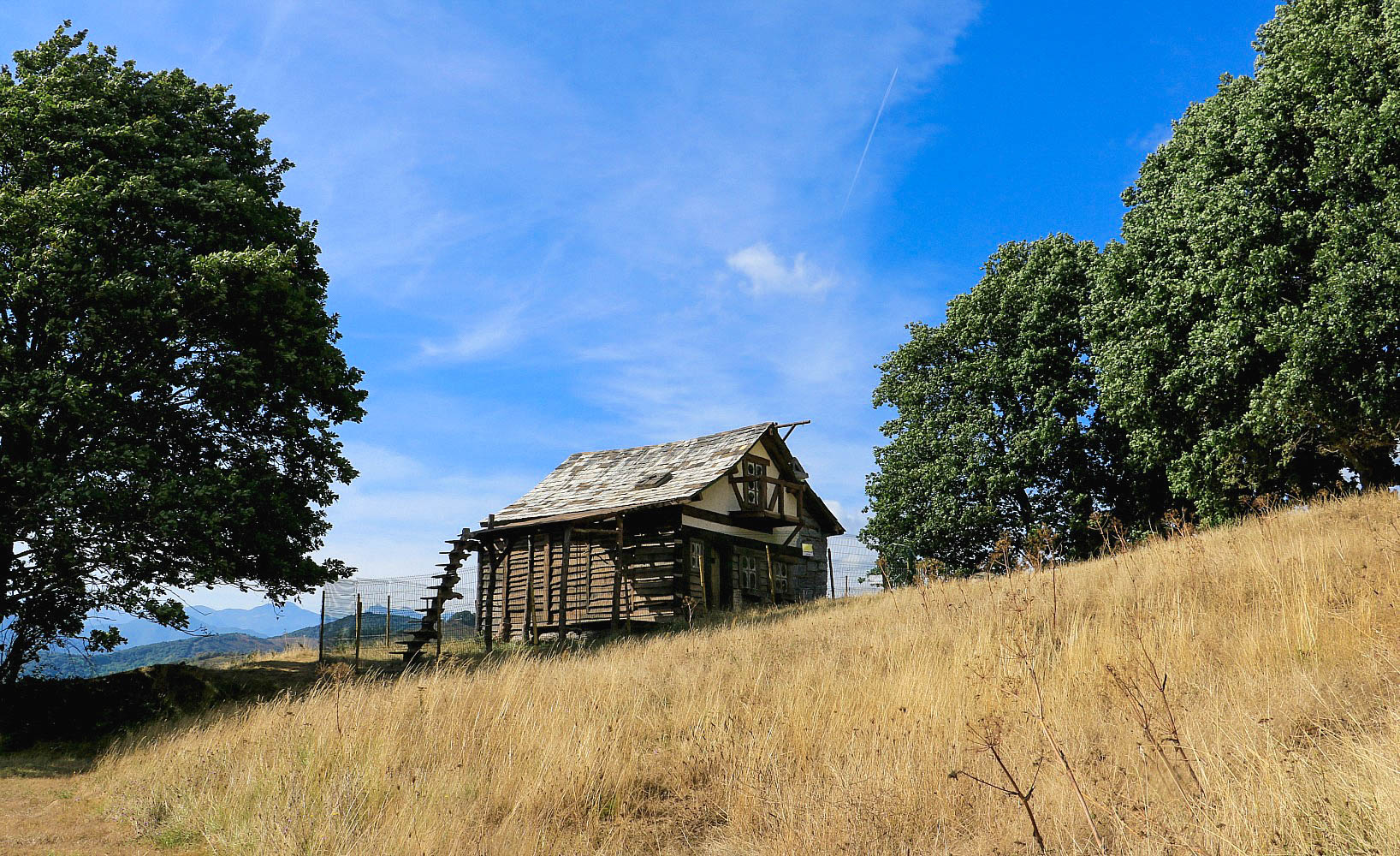
In Asturias, we’d enjoyed making discoveries in the Ponga Mountains. The Parque Natural Ponga is nestled between the Picos de Europa National Park and Redes National Park. We’d stopped at San Juan de Beleño to grab a snack but enjoyed it so much we went for a walk and had lunch while taking in the exceptional views. Equally, in Espinaredo we stopped for a pitstop having lunch at a restaurant with no menu. They’re just the best, aren’t they? When you have no idea what you’re going to eat but you know it will be delicious! It was.
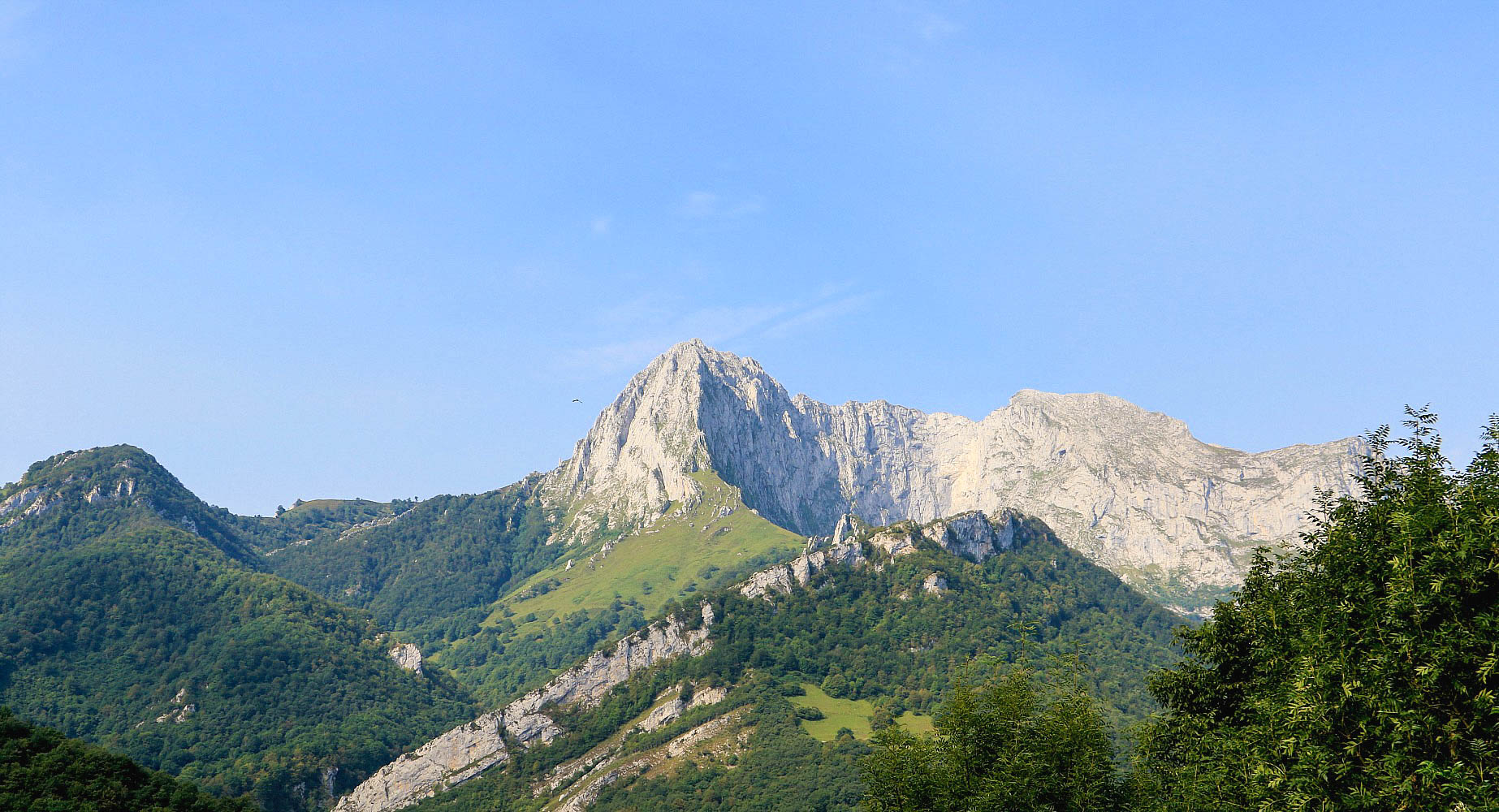
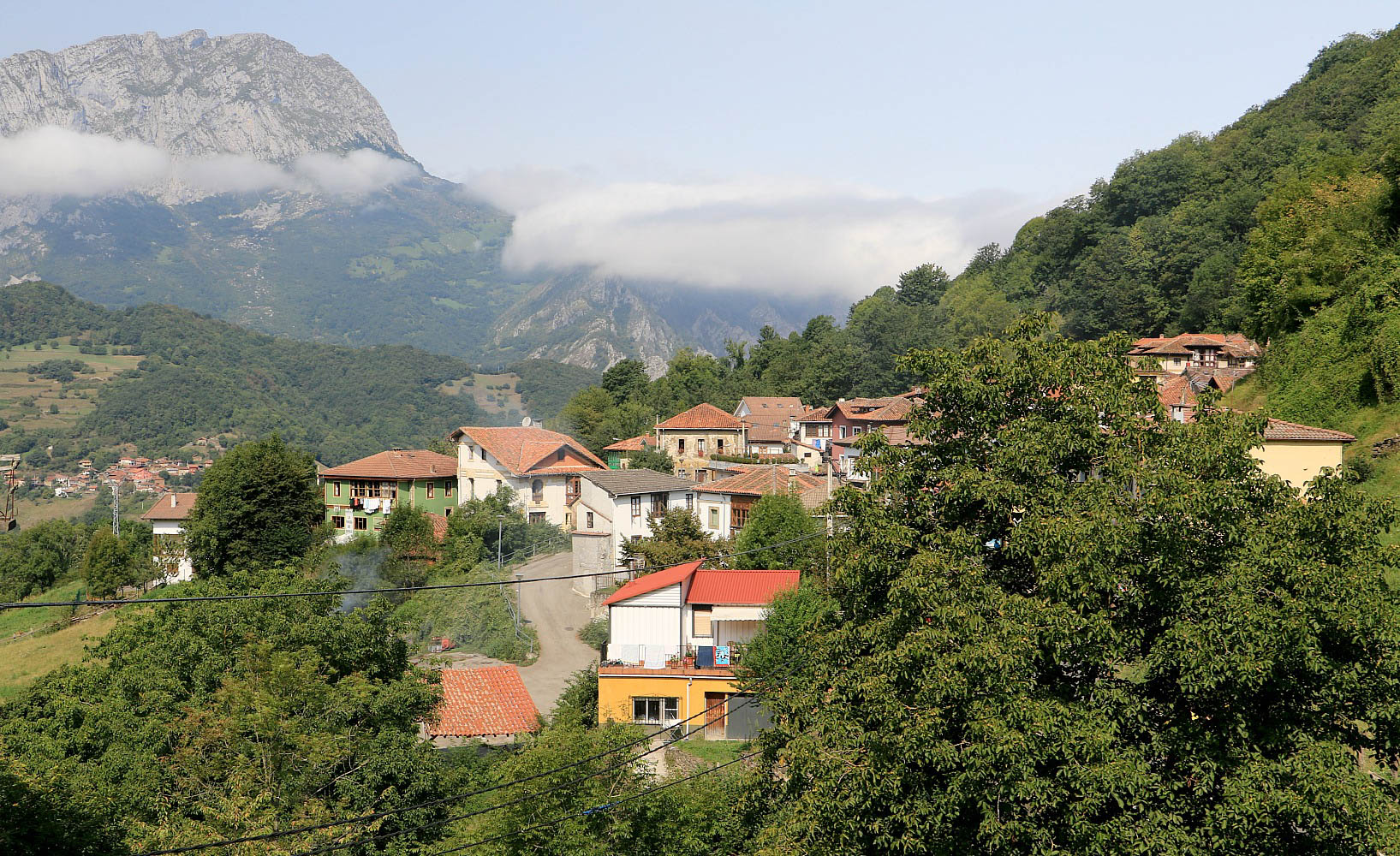
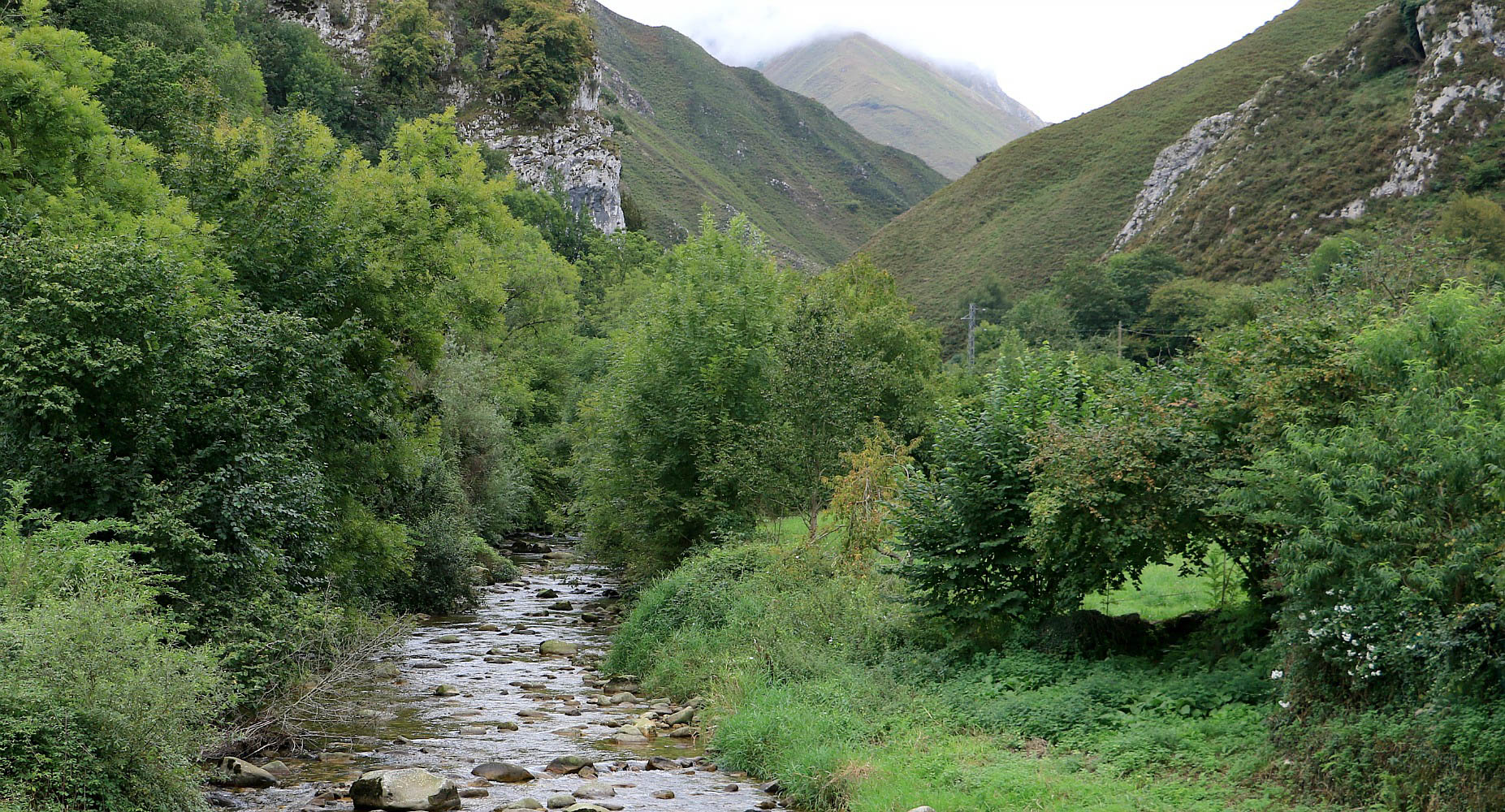
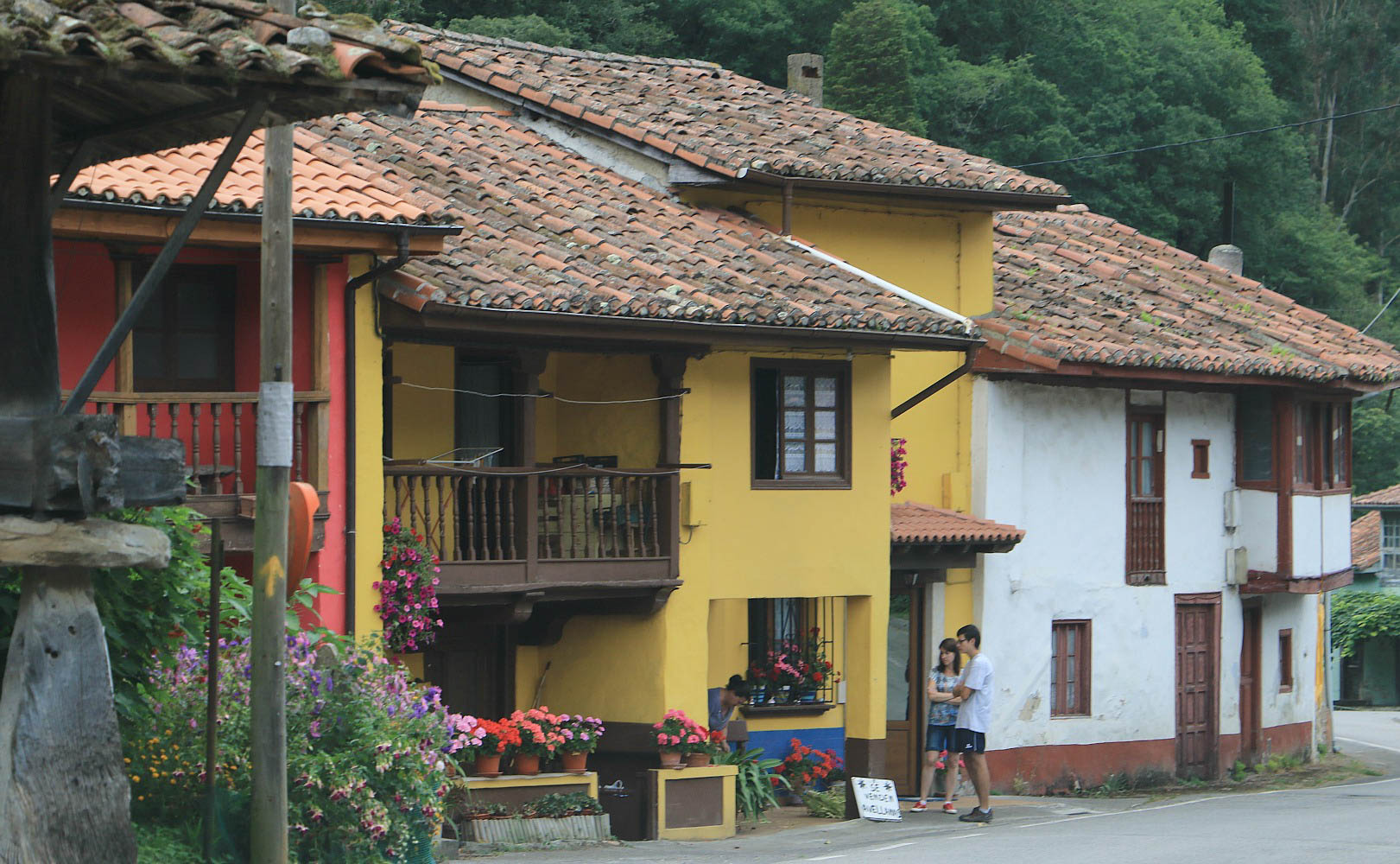
Just a taste of Northern Spain and we’ve not even covered the culinary delights or the cider. One for next time! If you’re considering a trip over, it’s easily accessible from the UK. You can either fly and hire a car or take Brittany Ferries from Portsmouth (or Plymouth) to Bilbao or Santander. Either way, it’s easy to get around when you get there and there’s no shortage of things to do.
